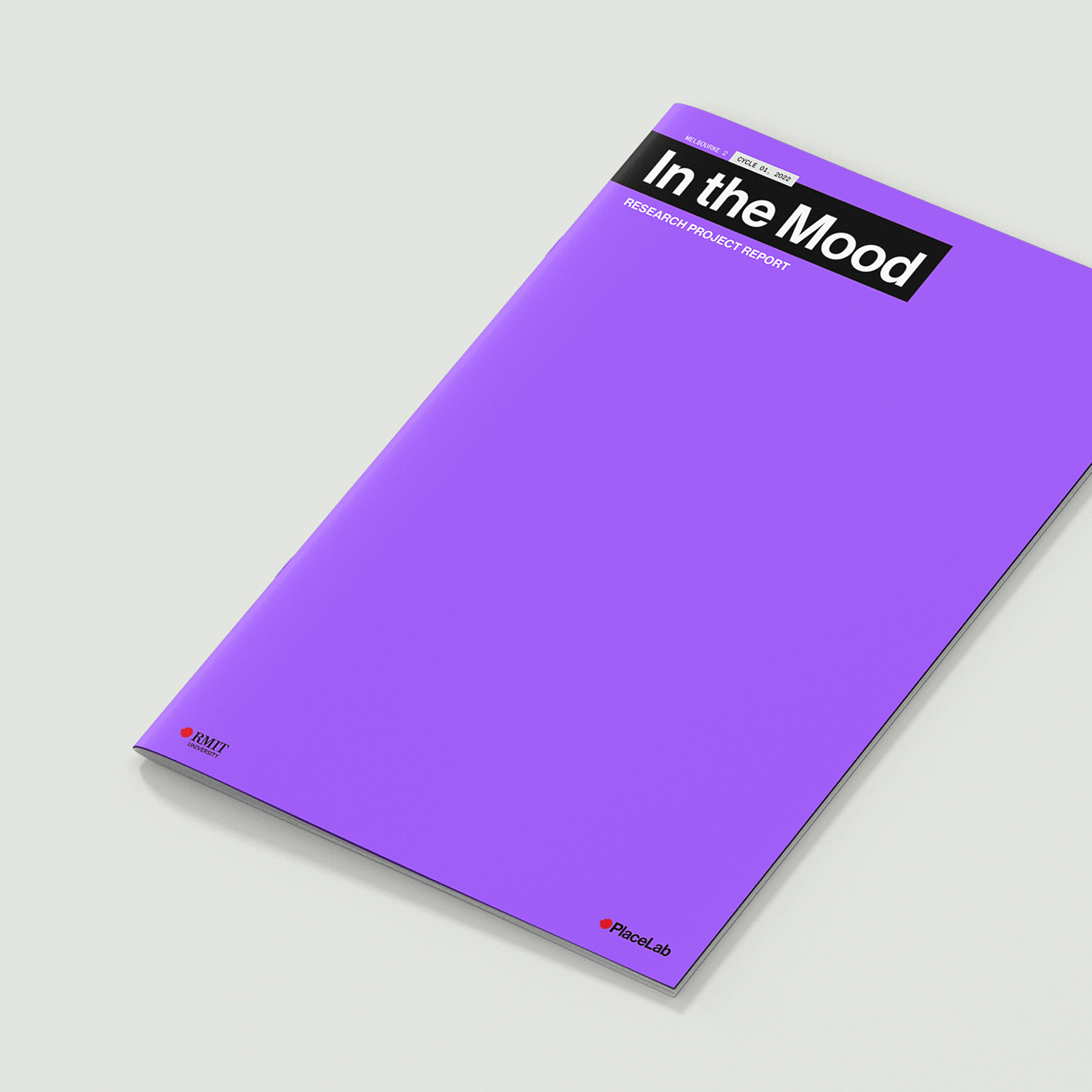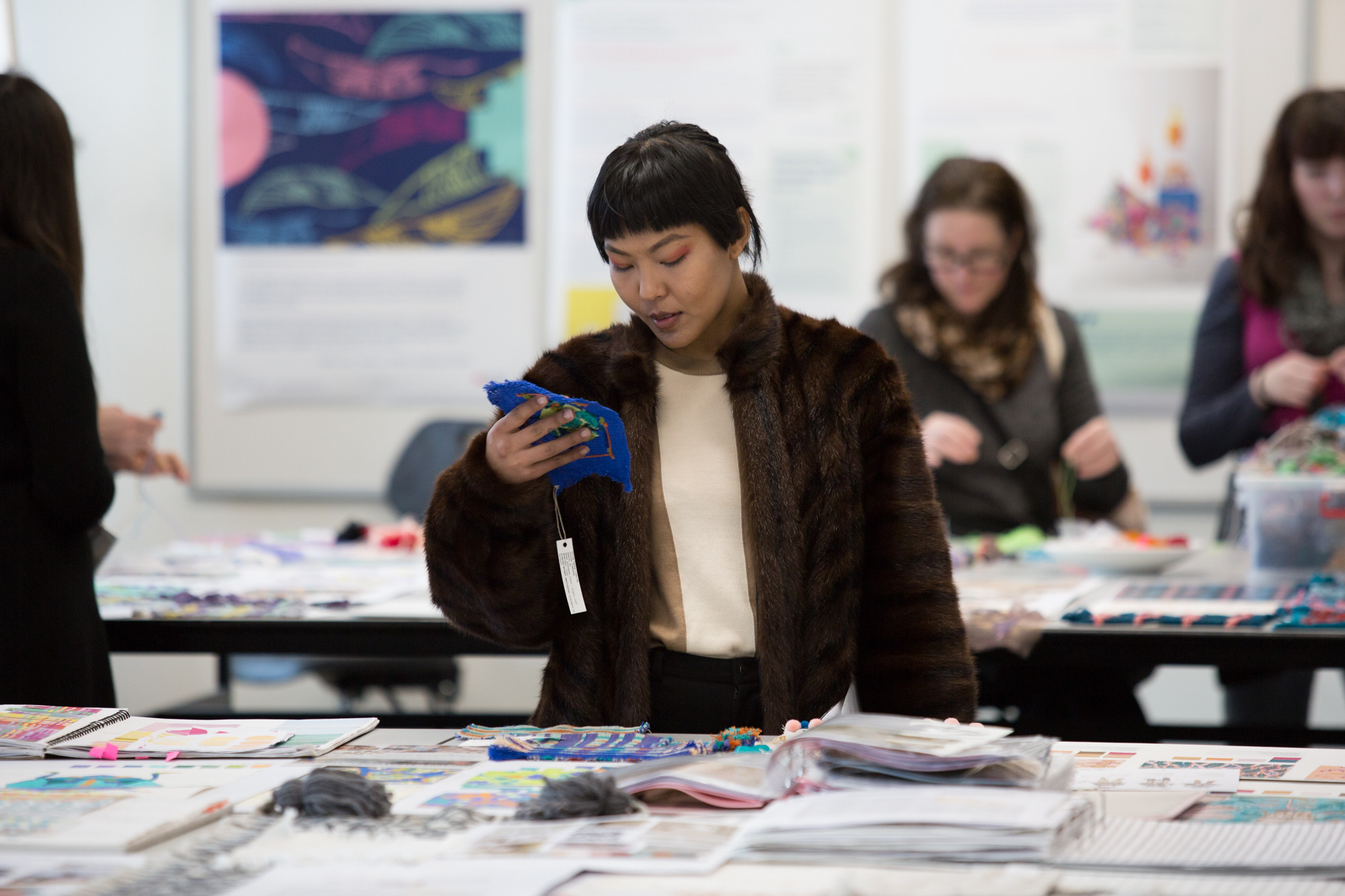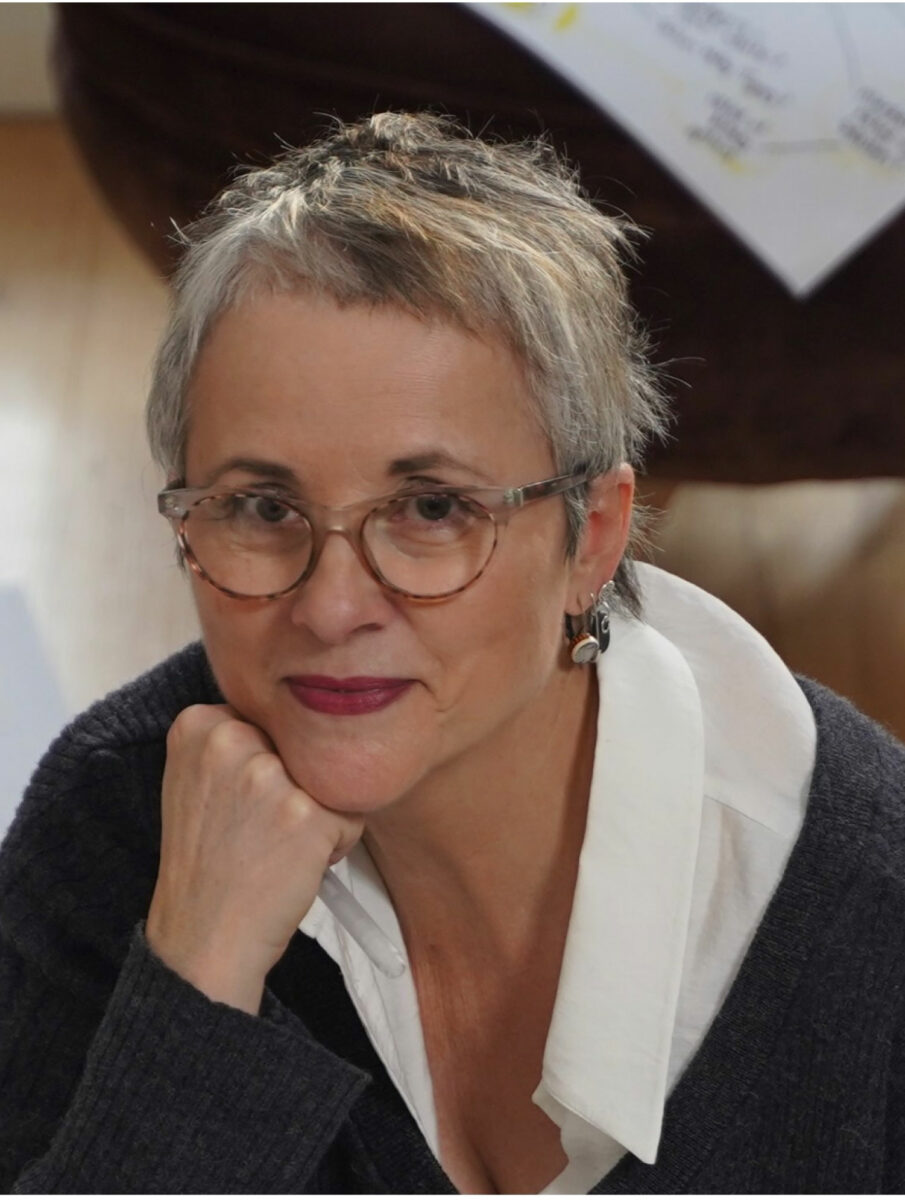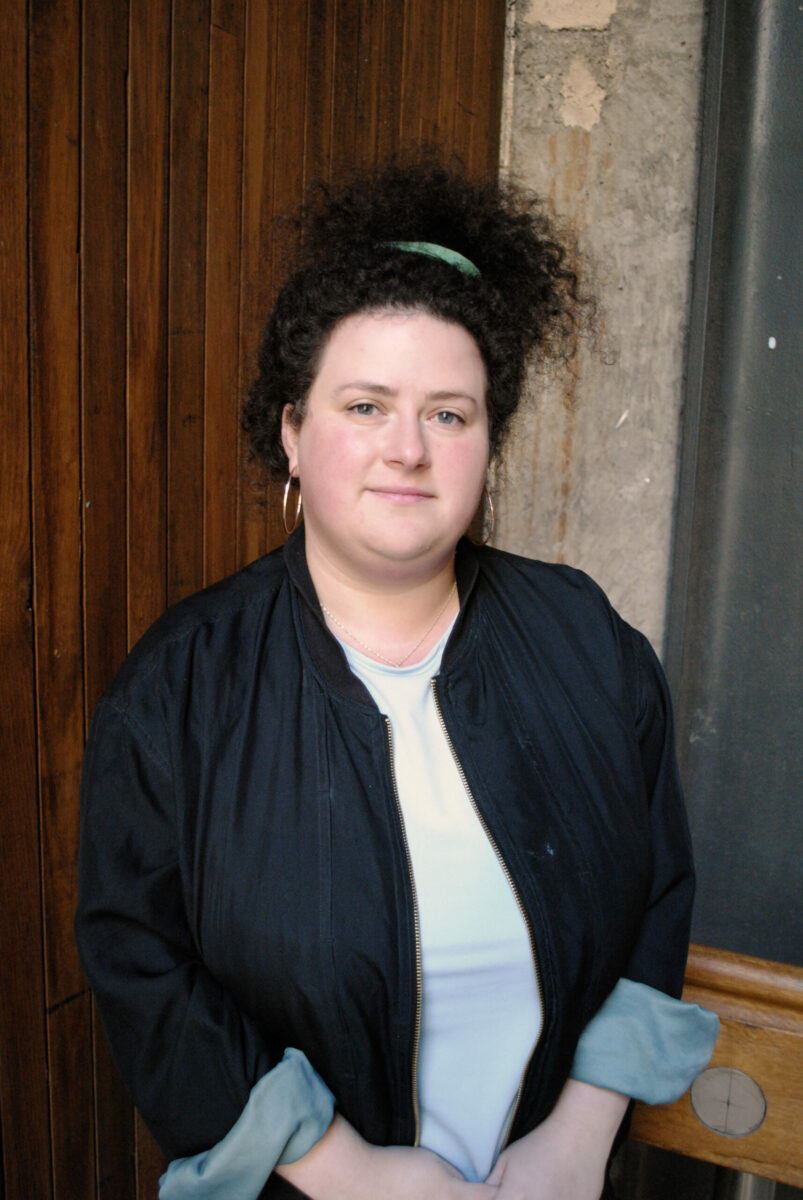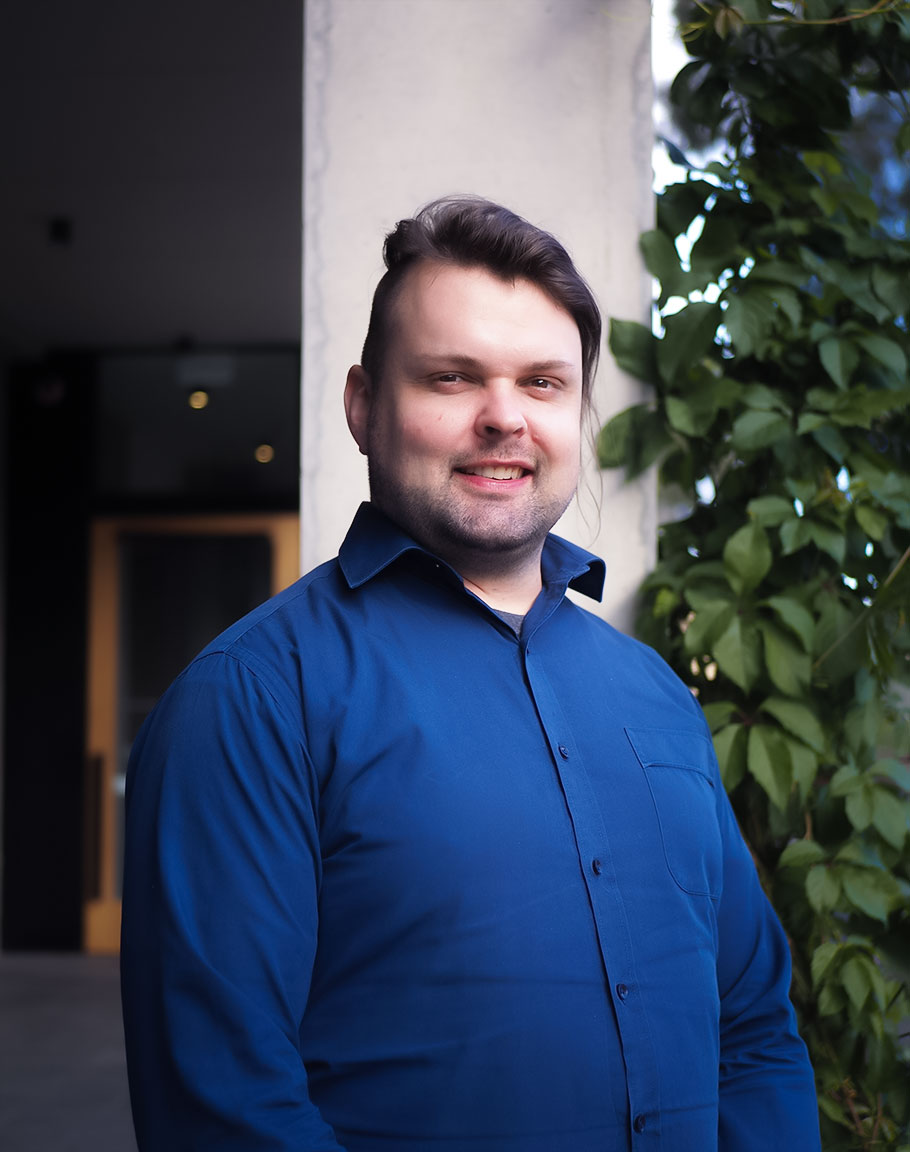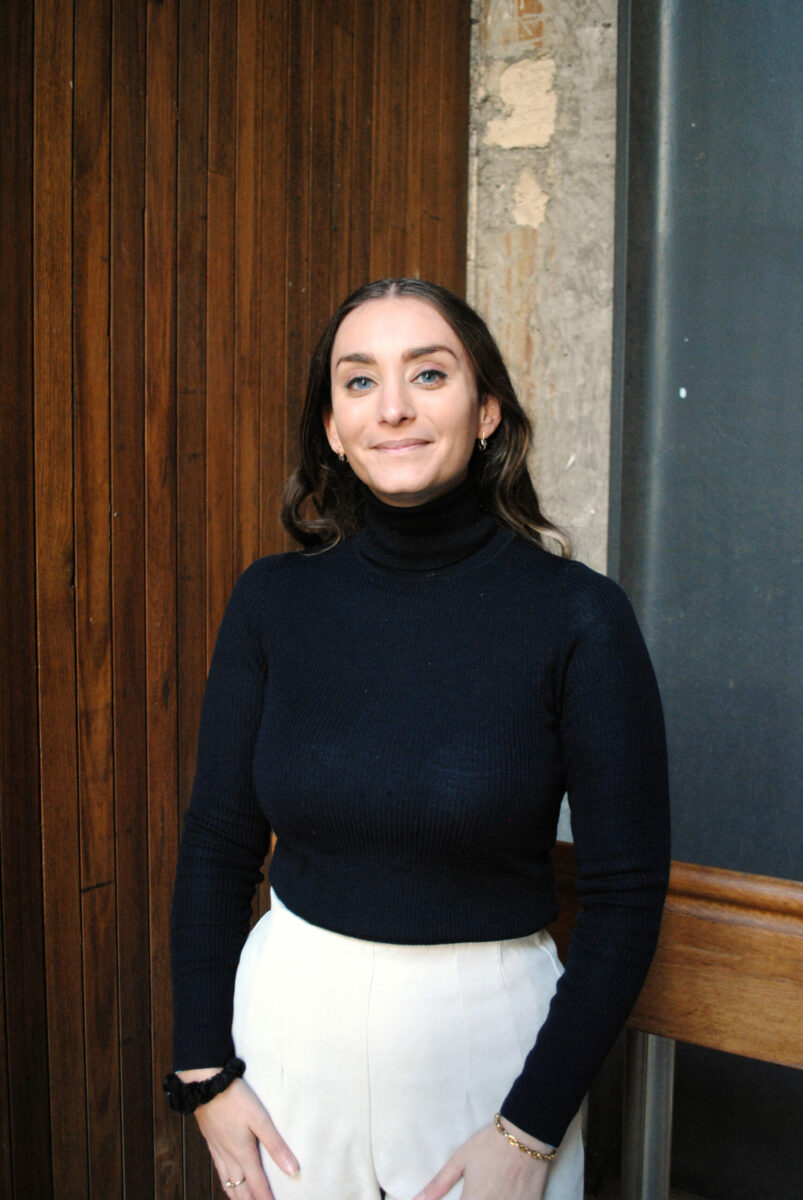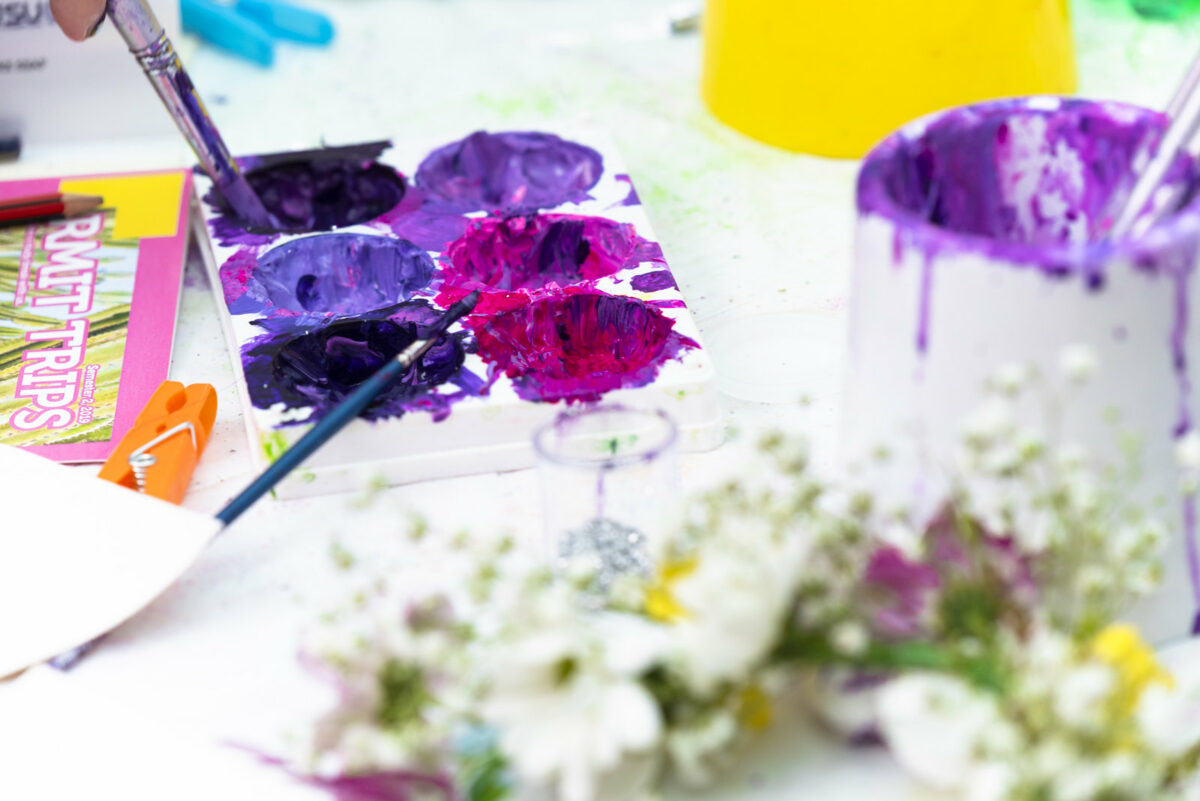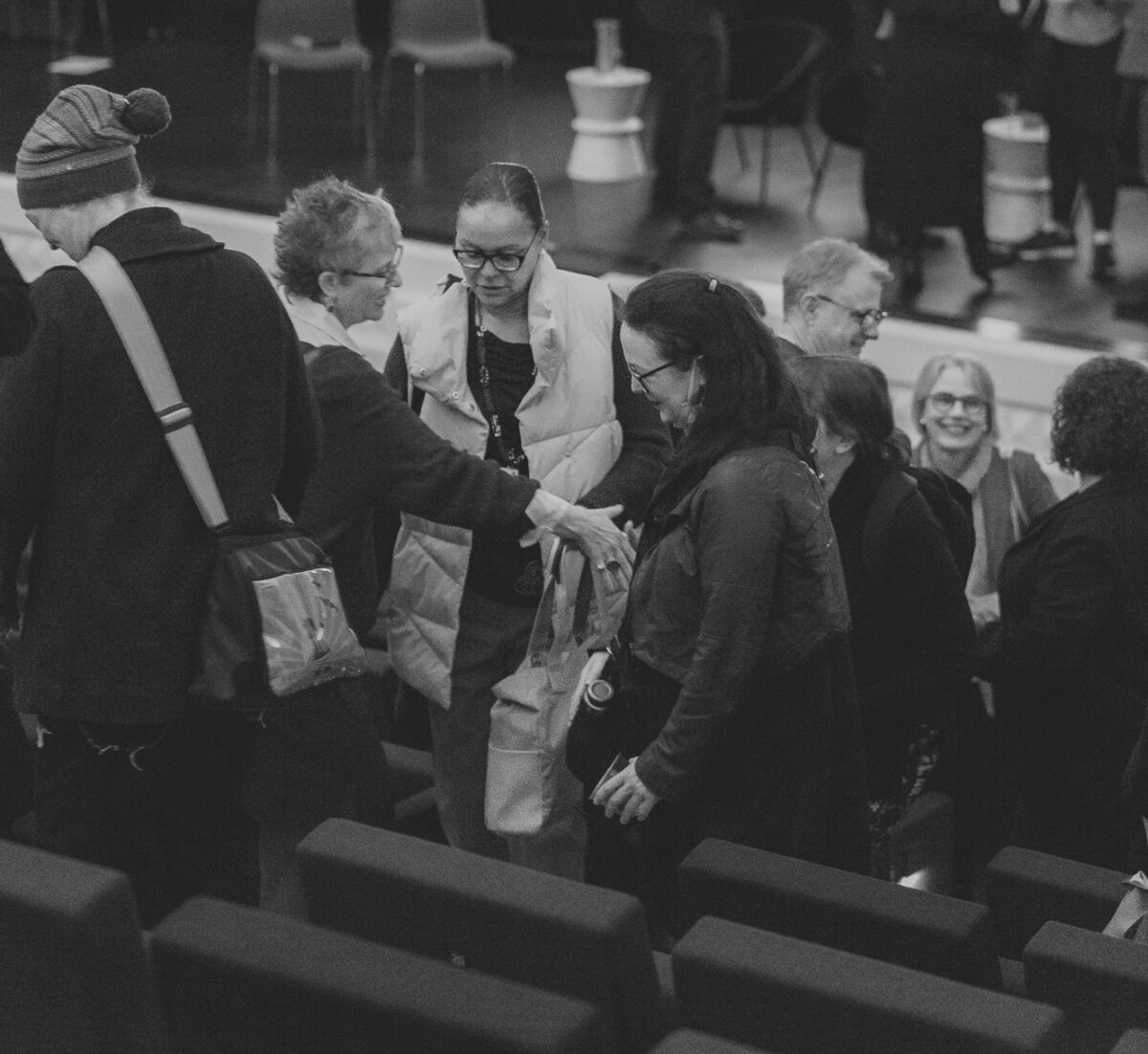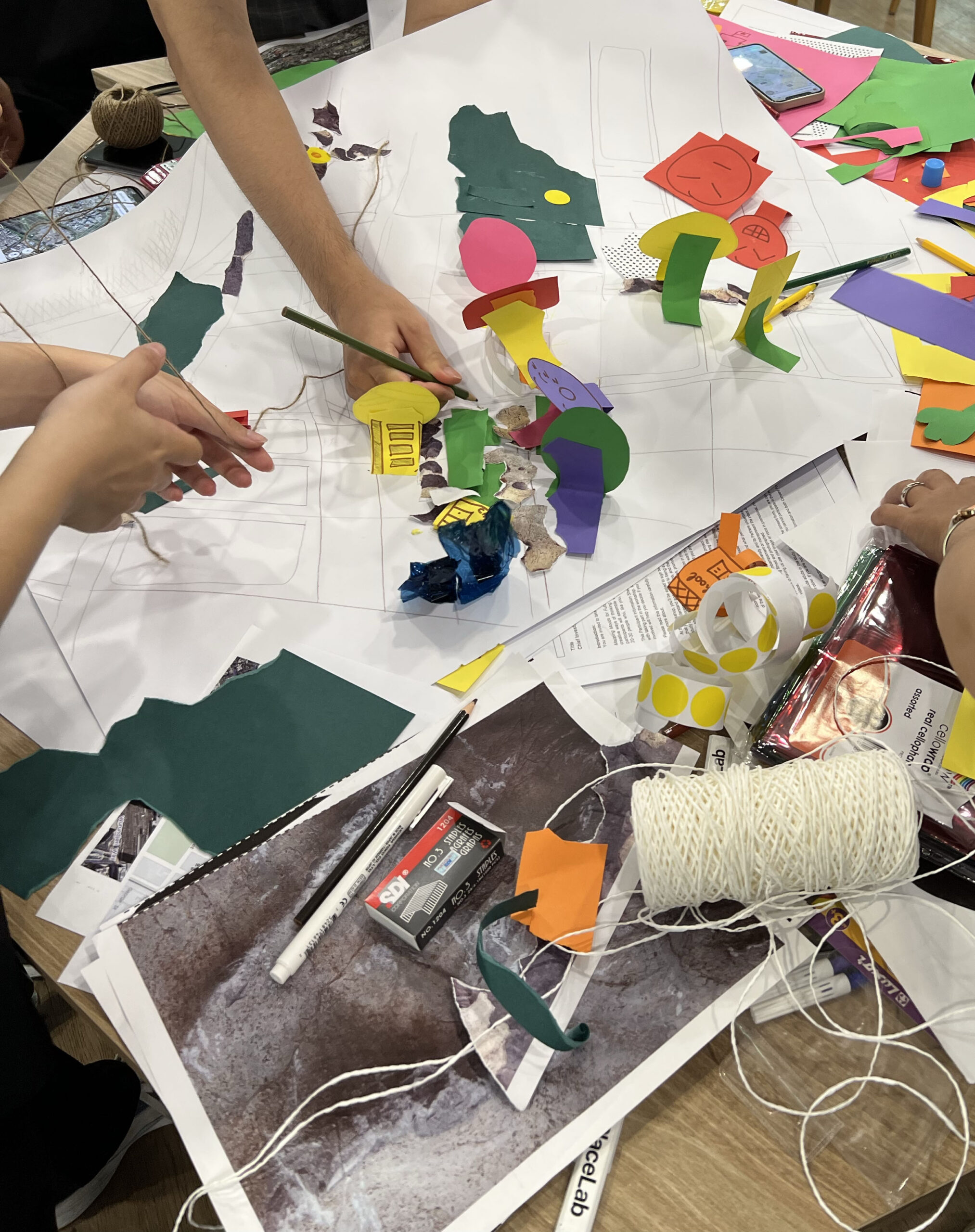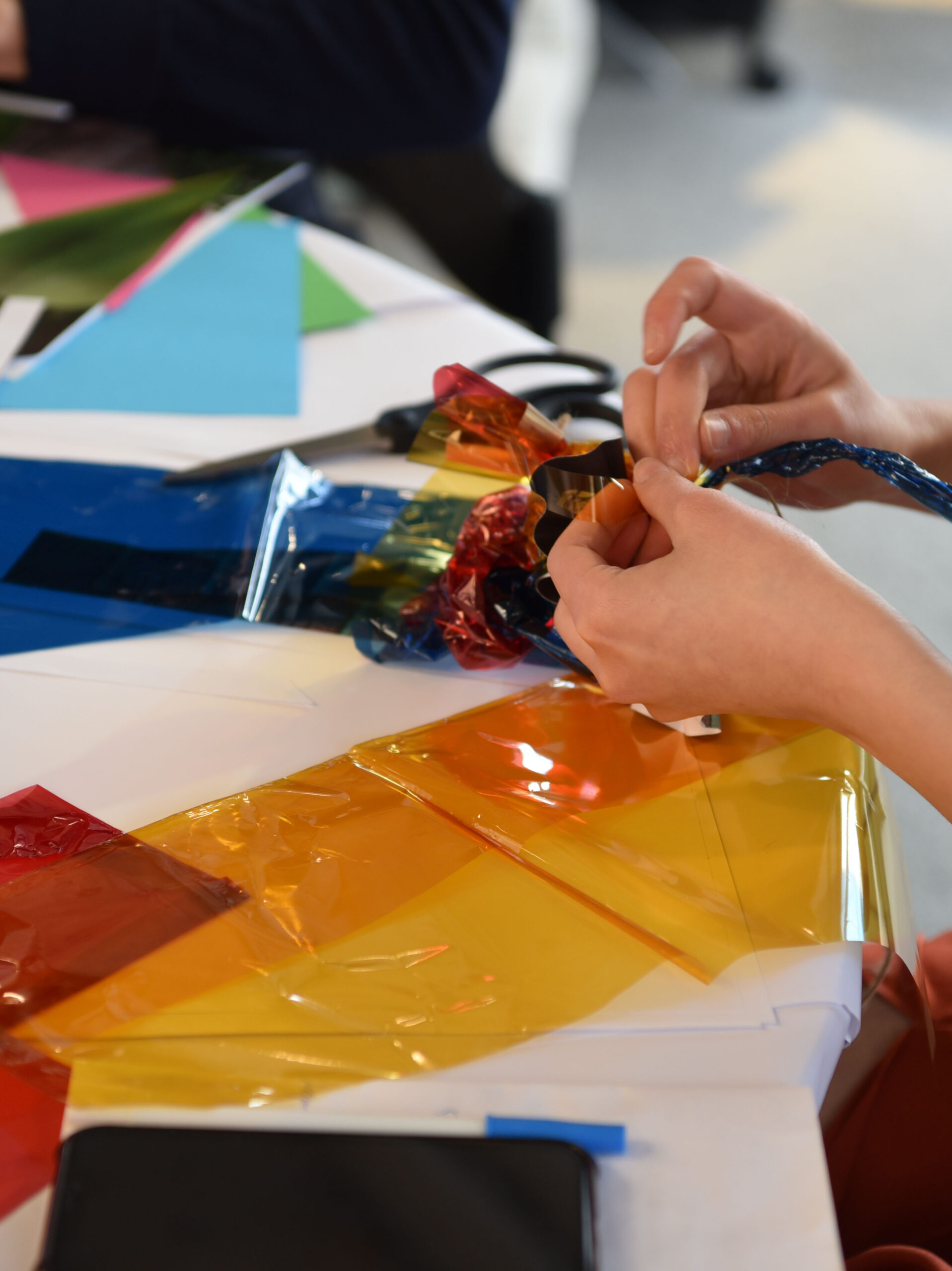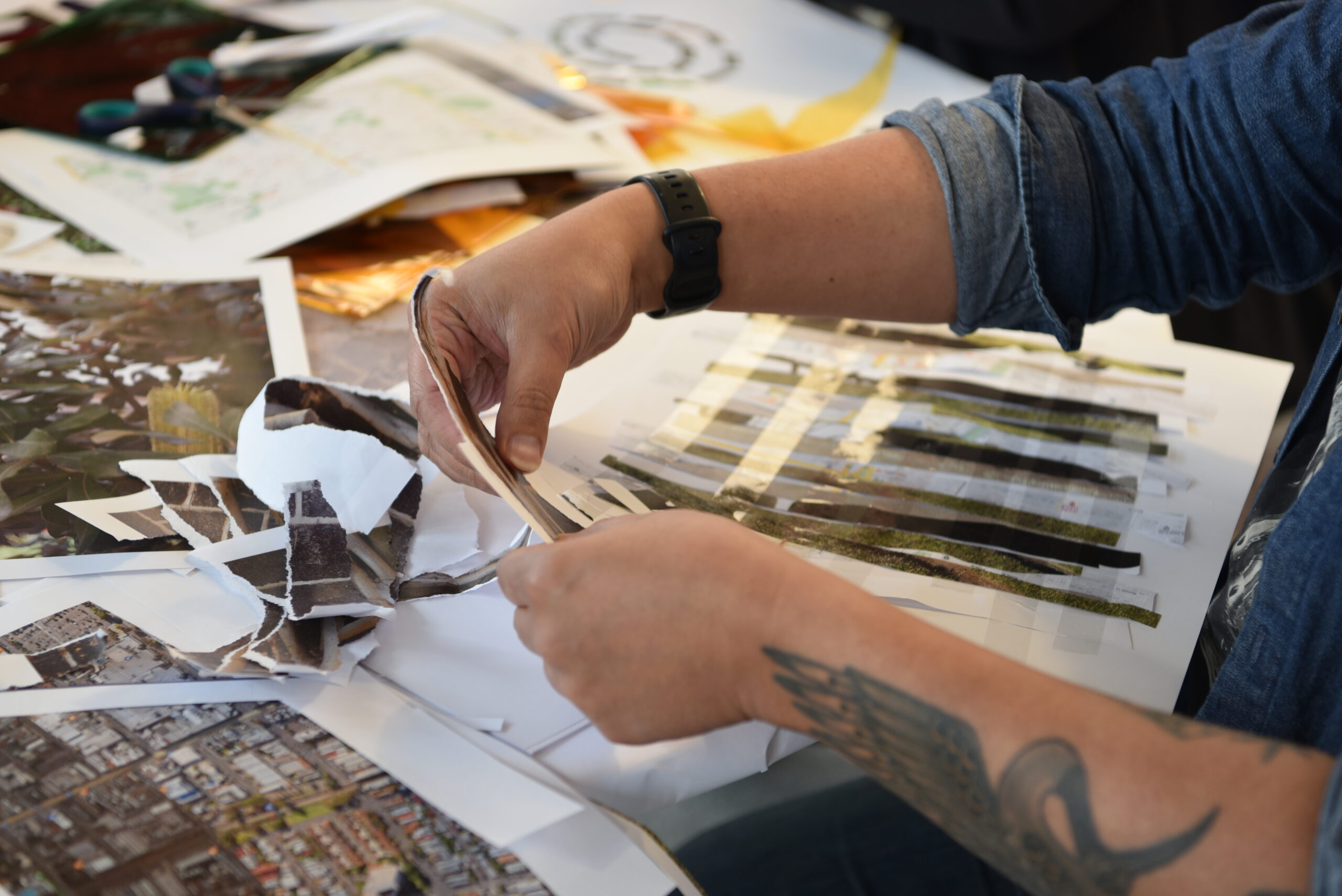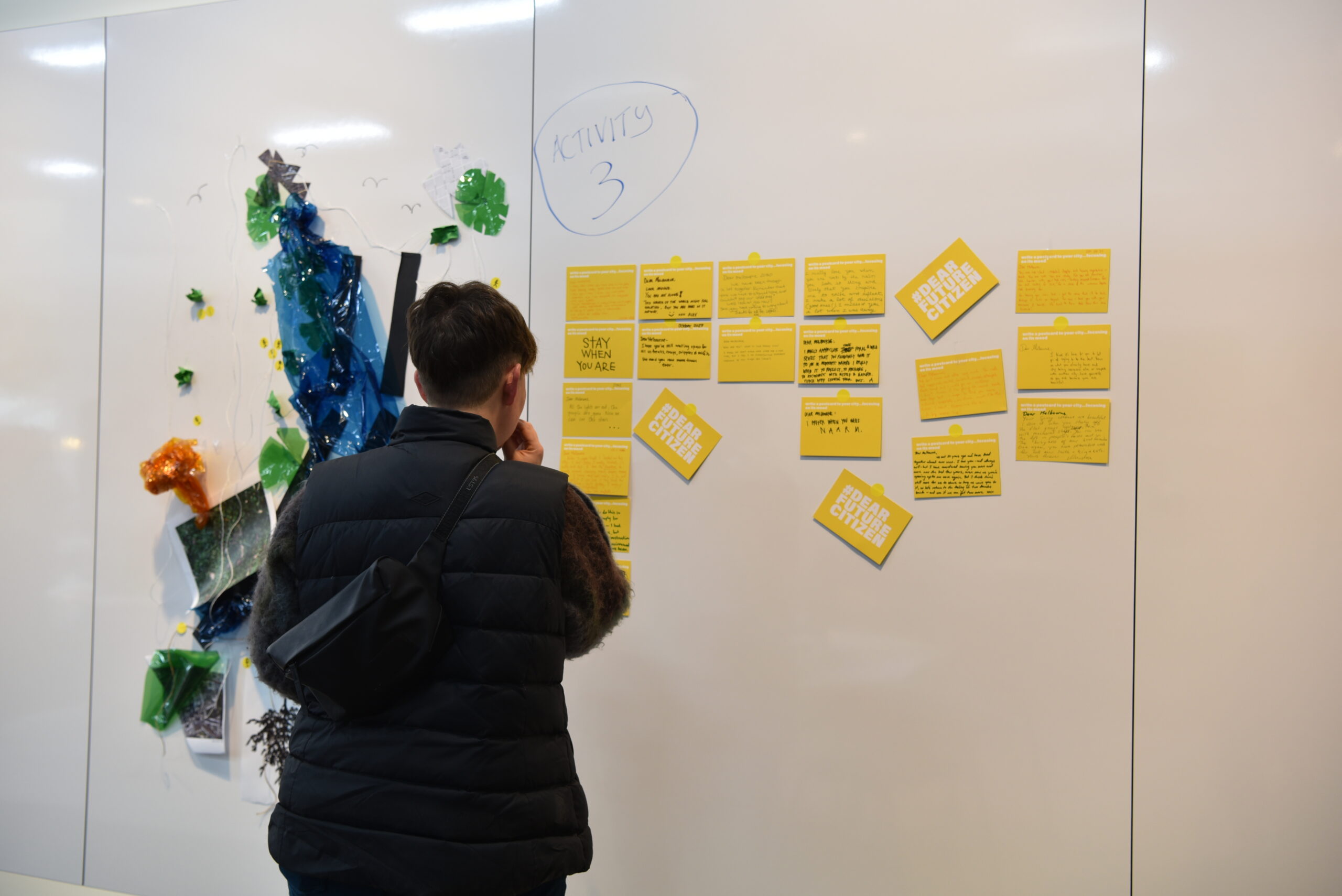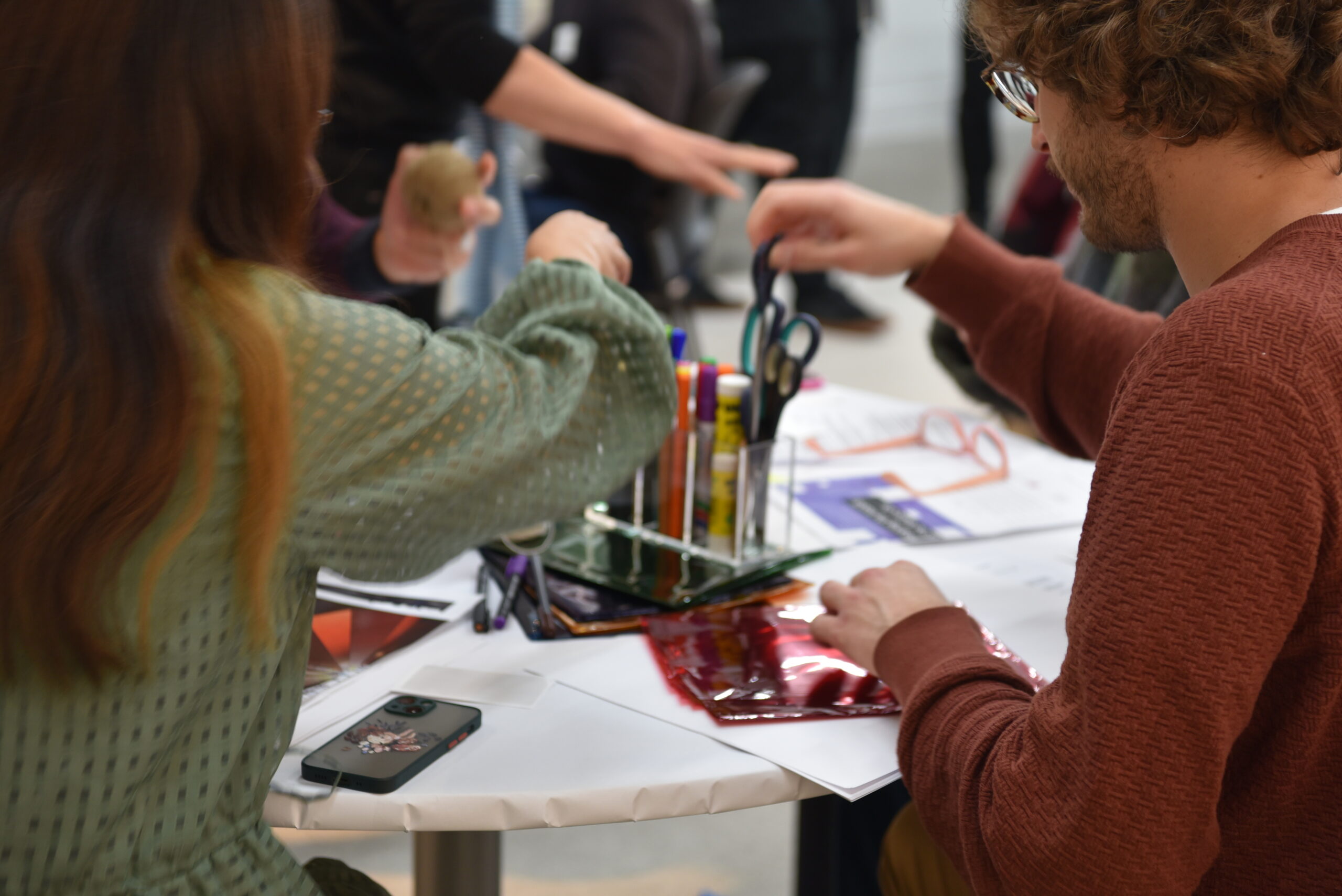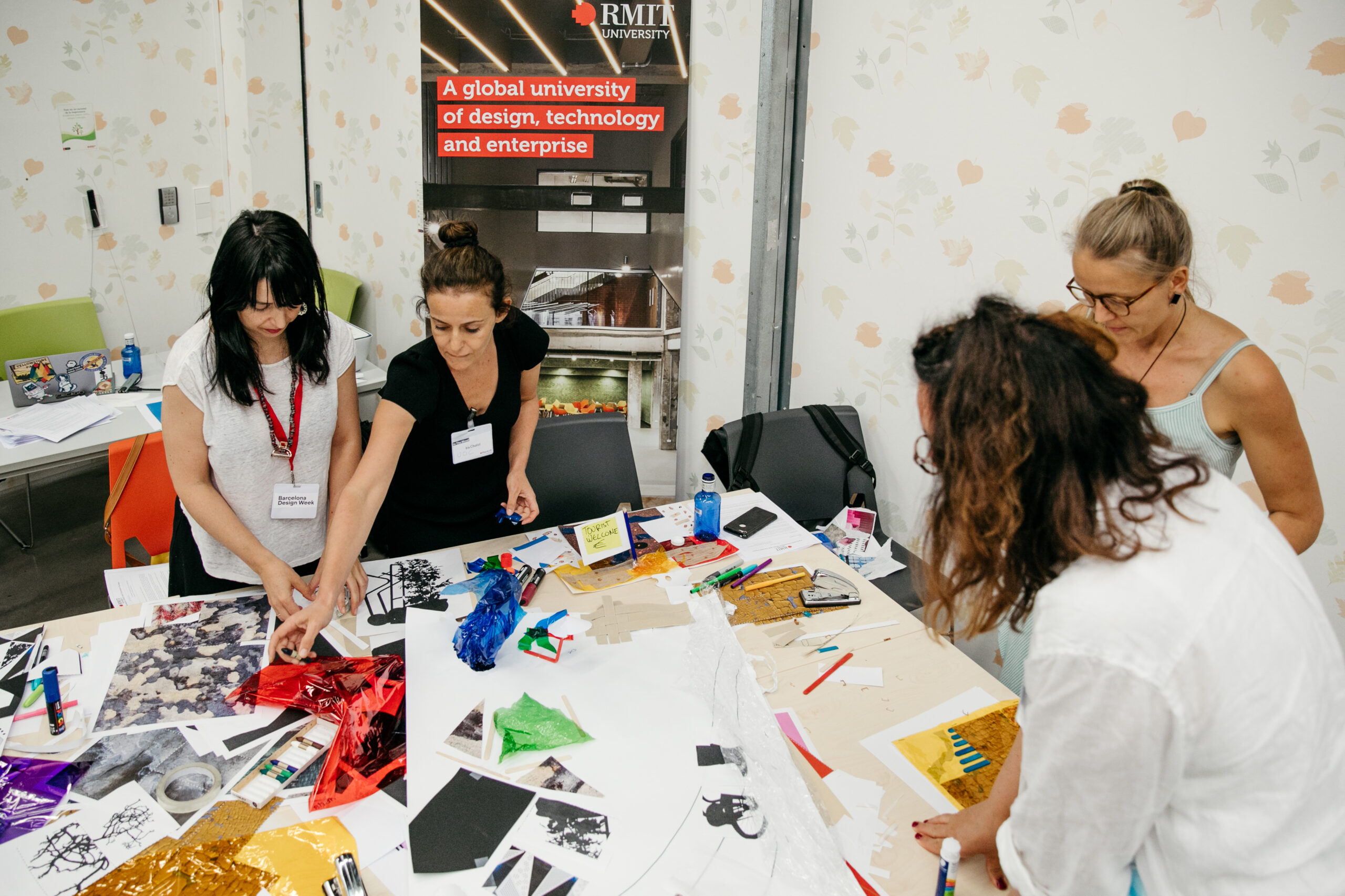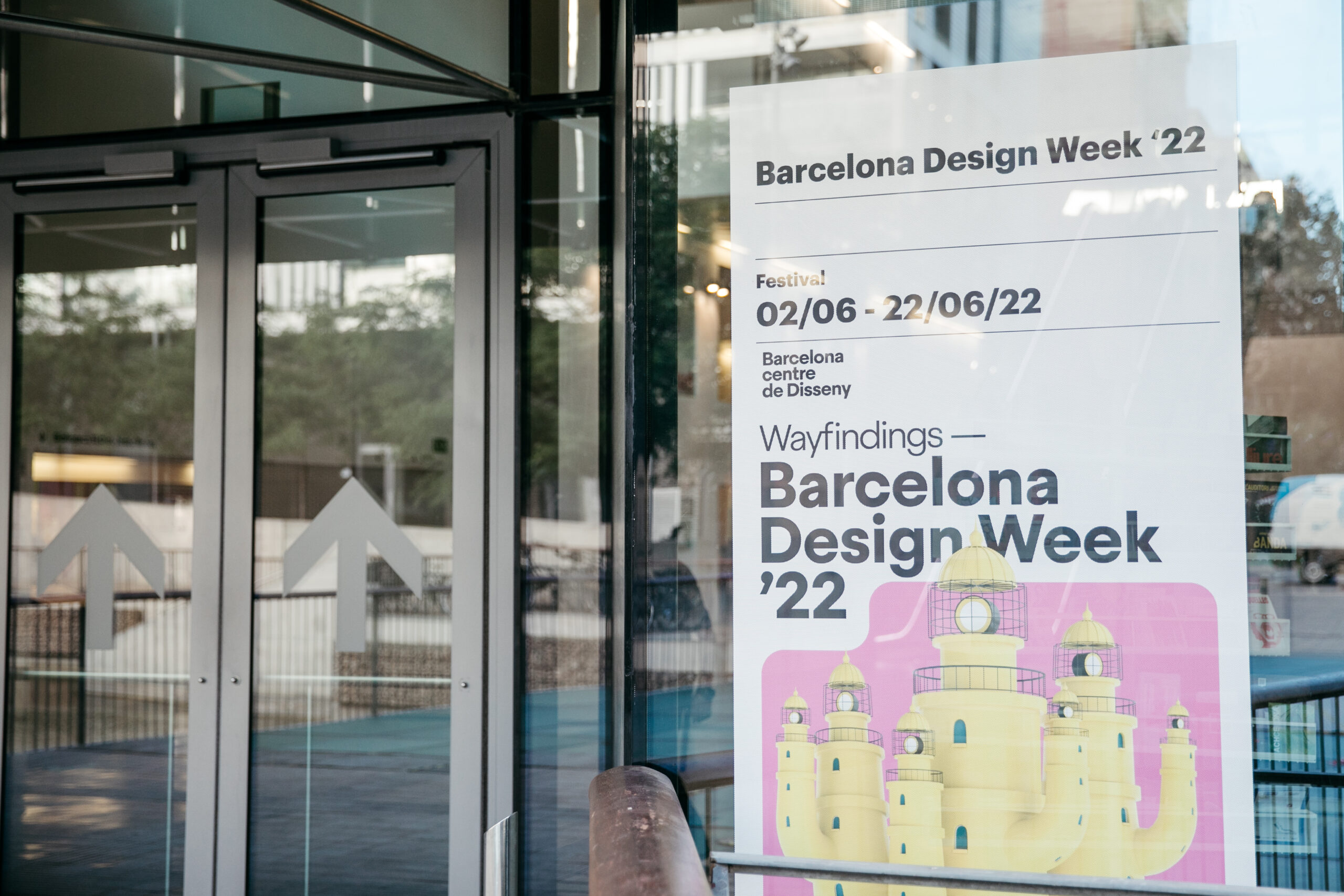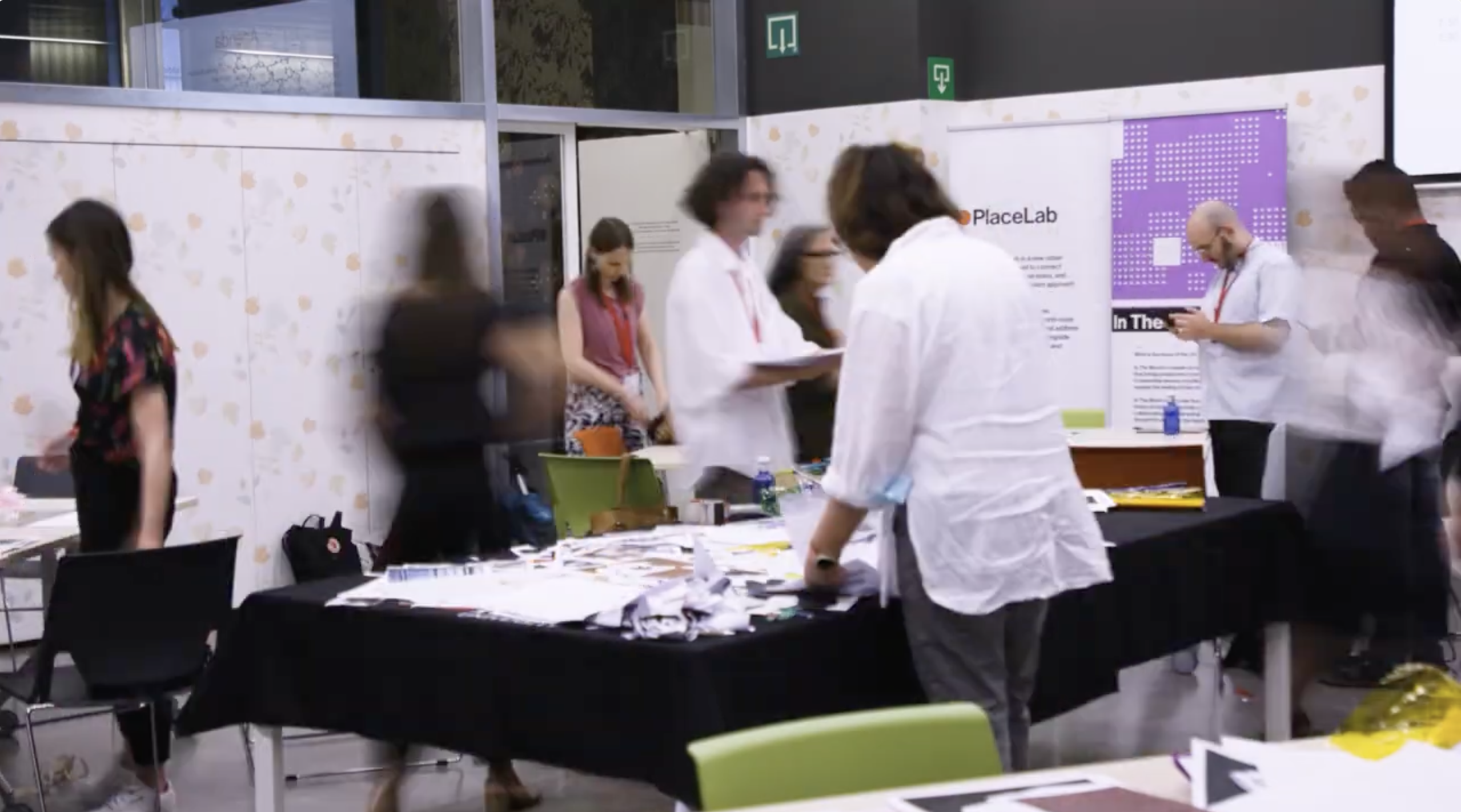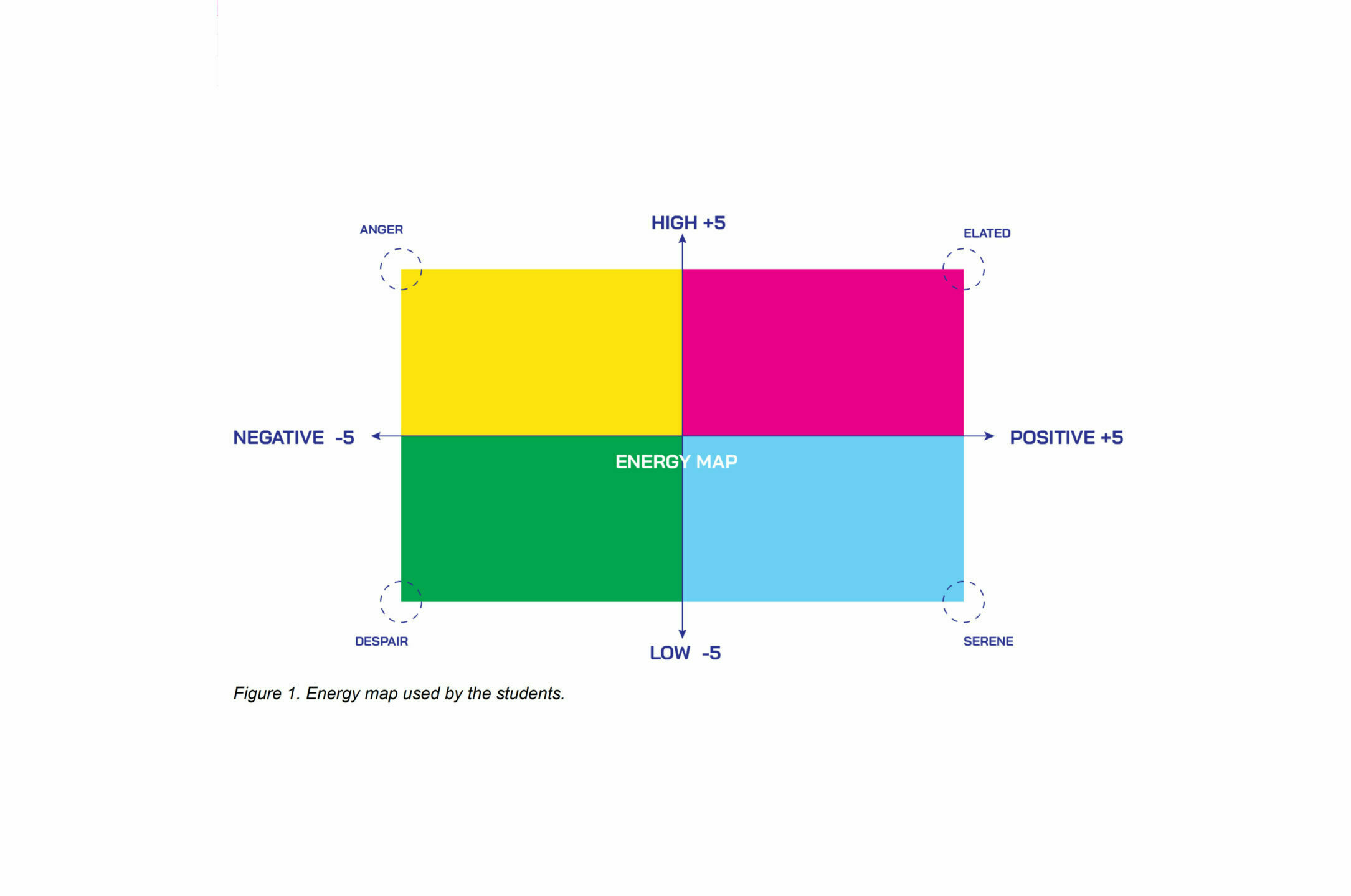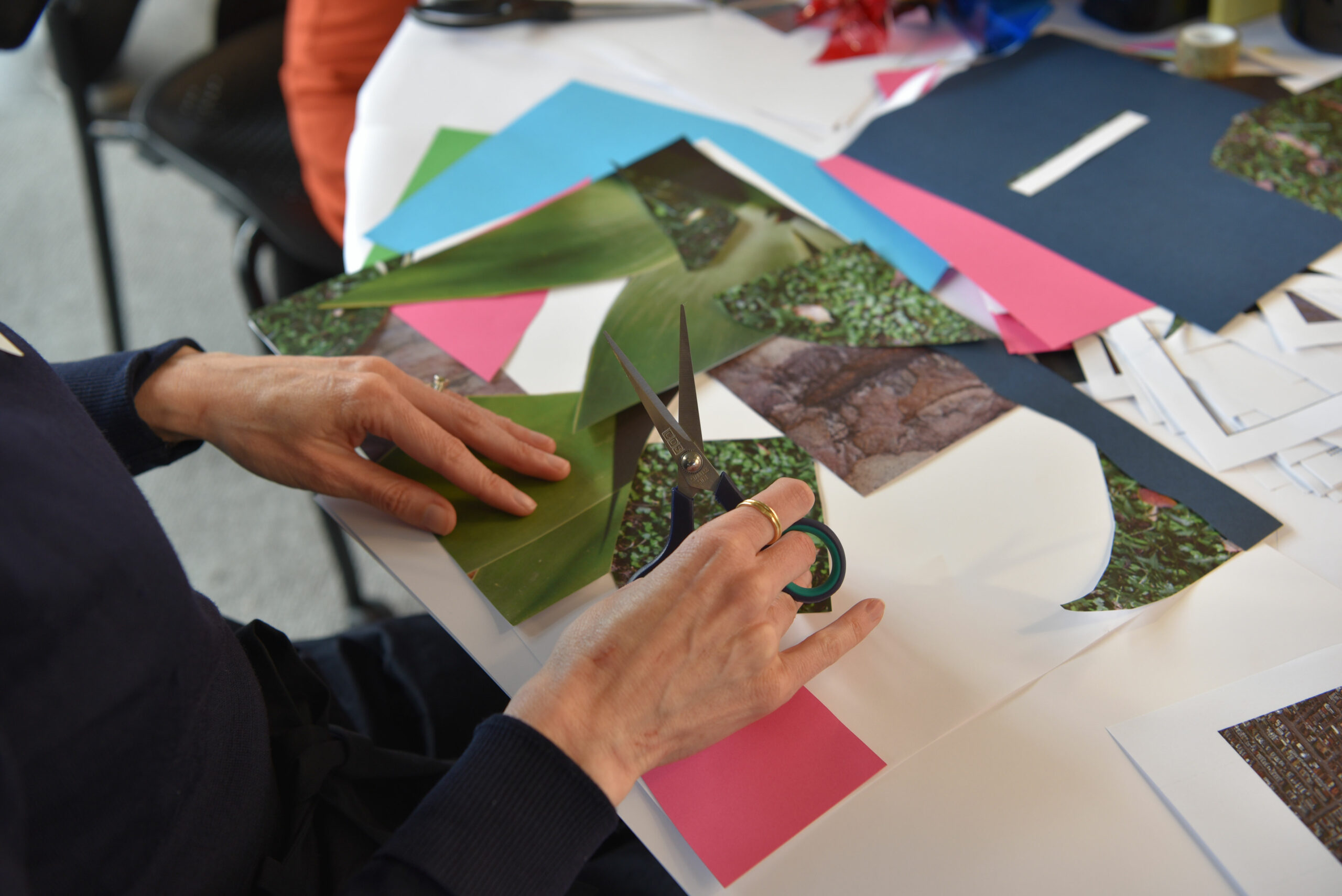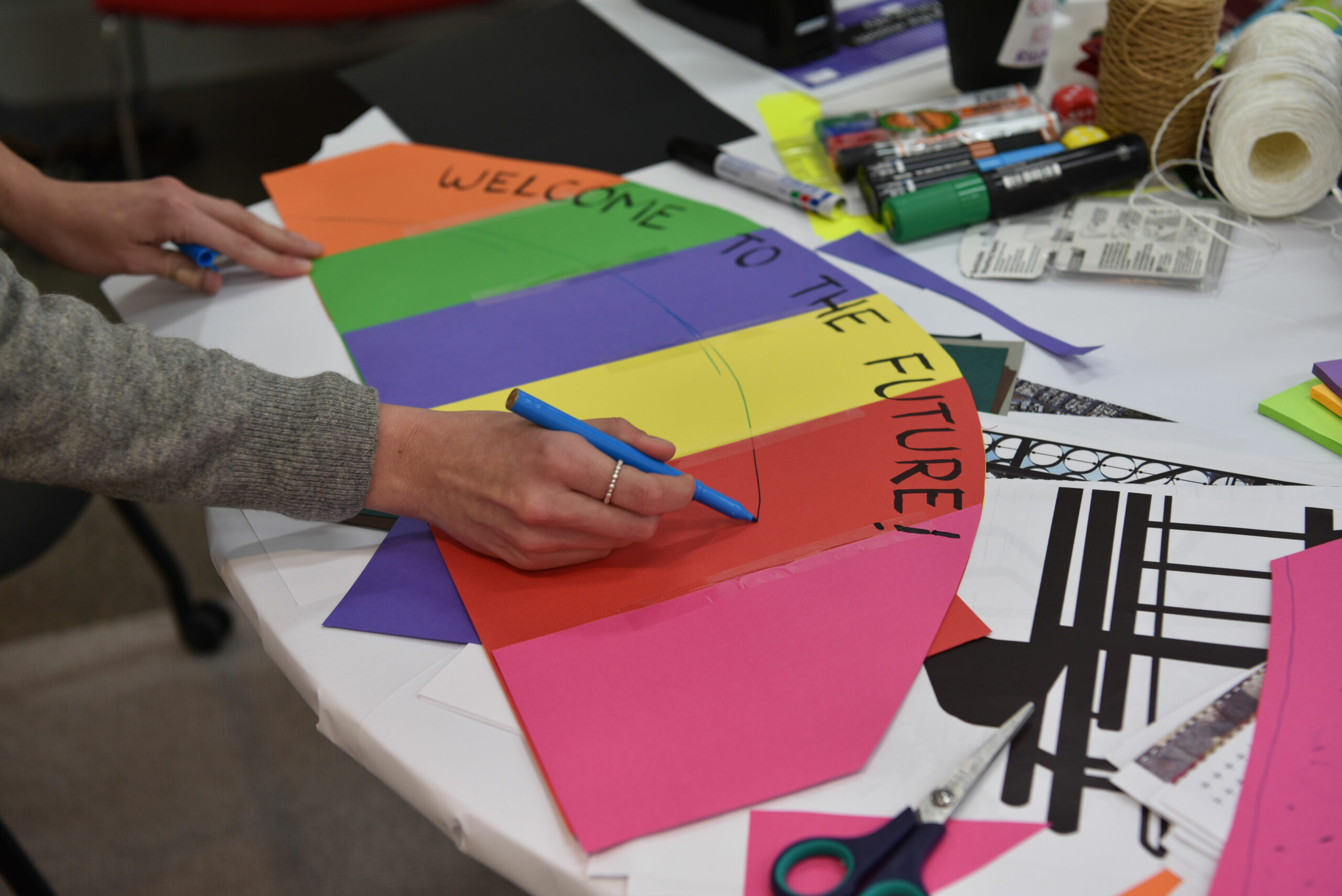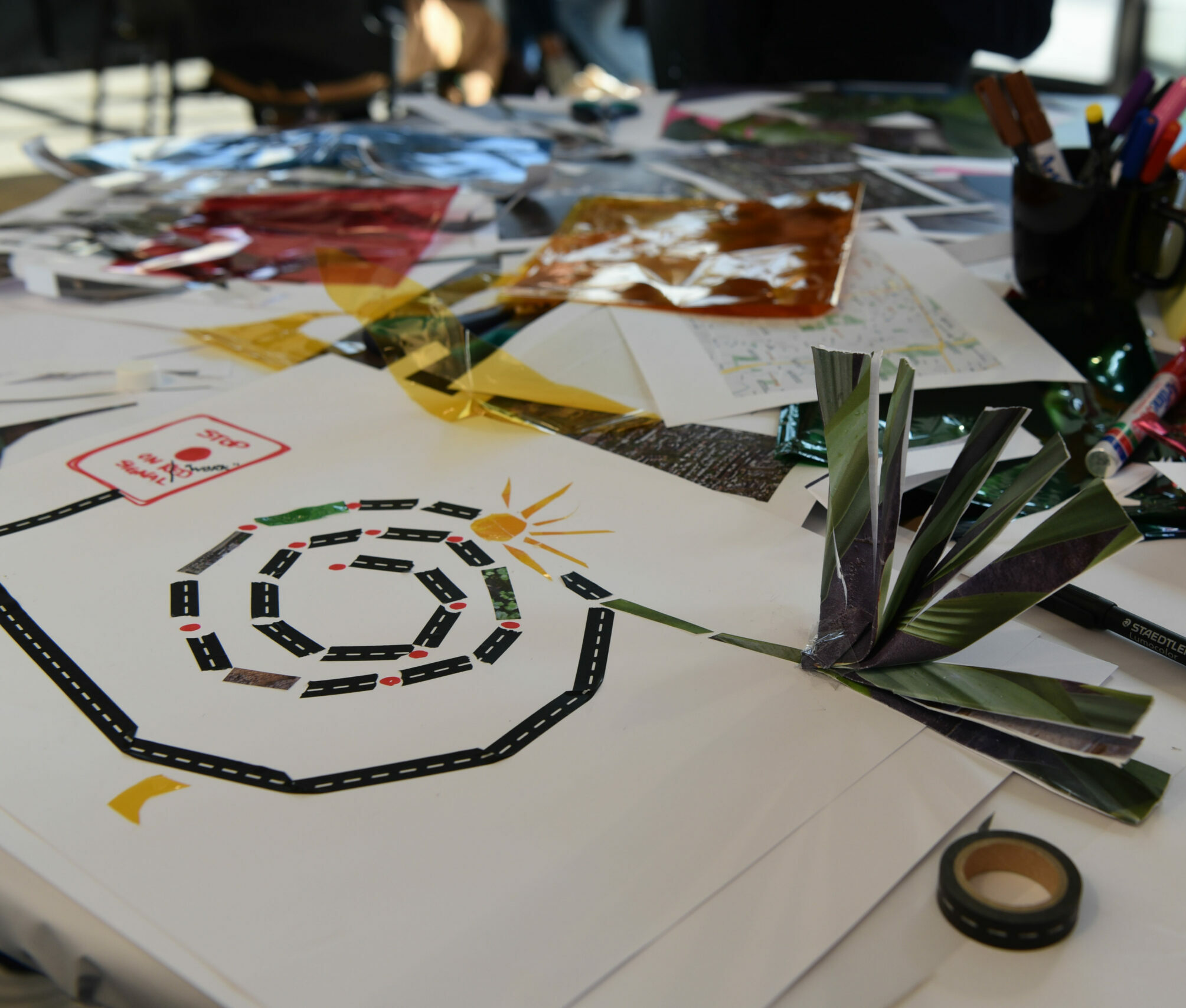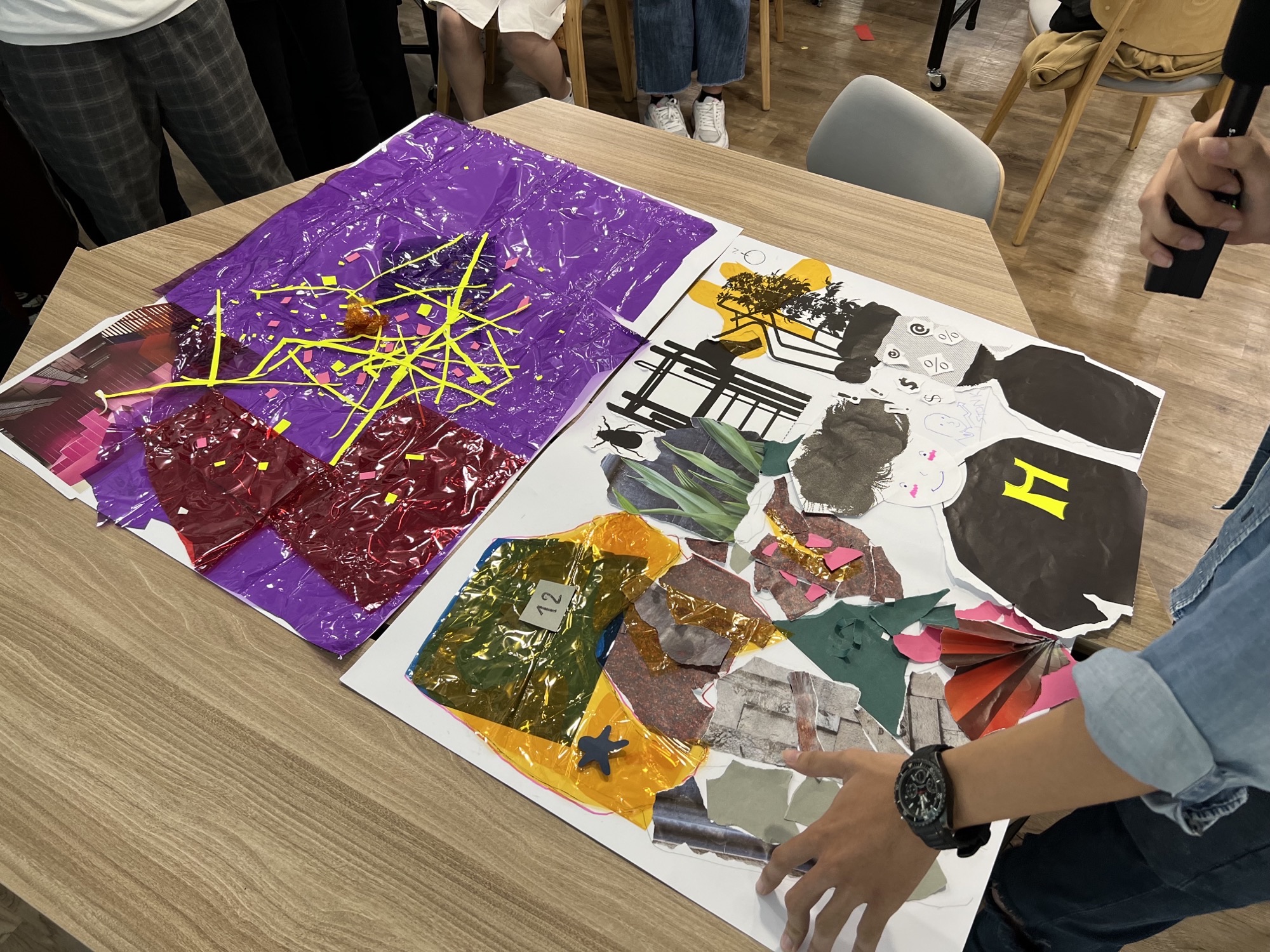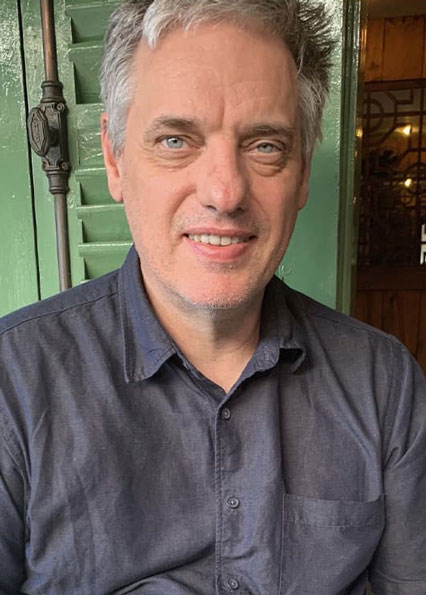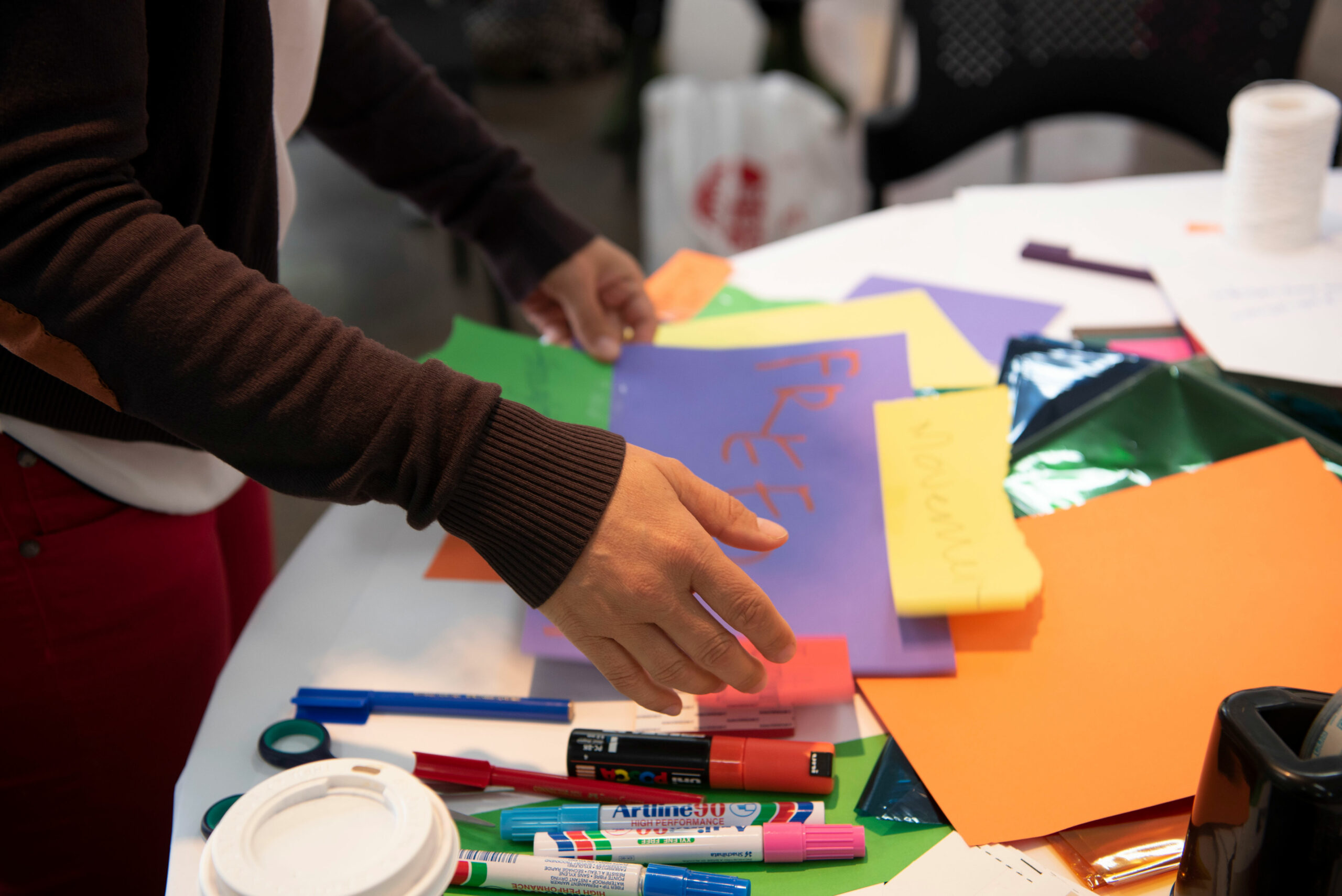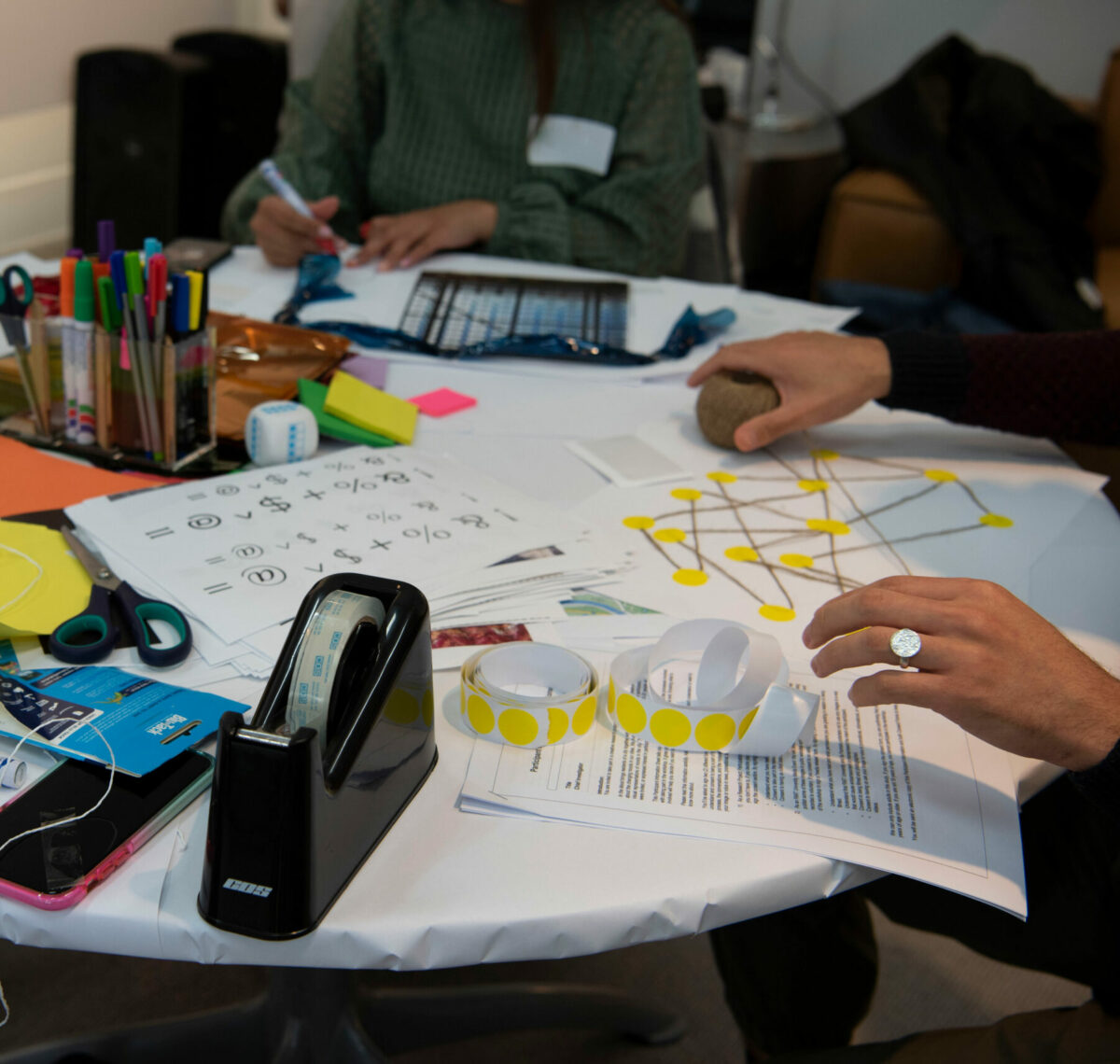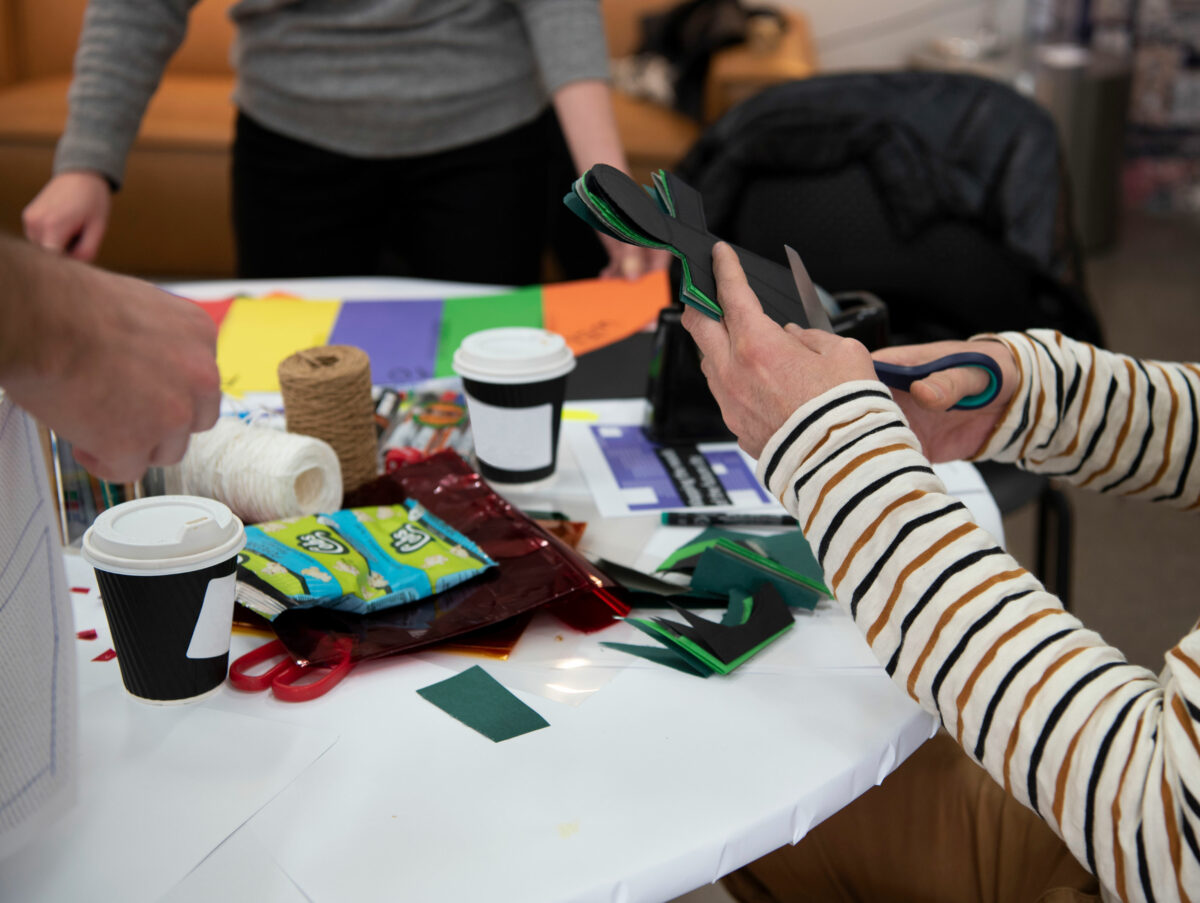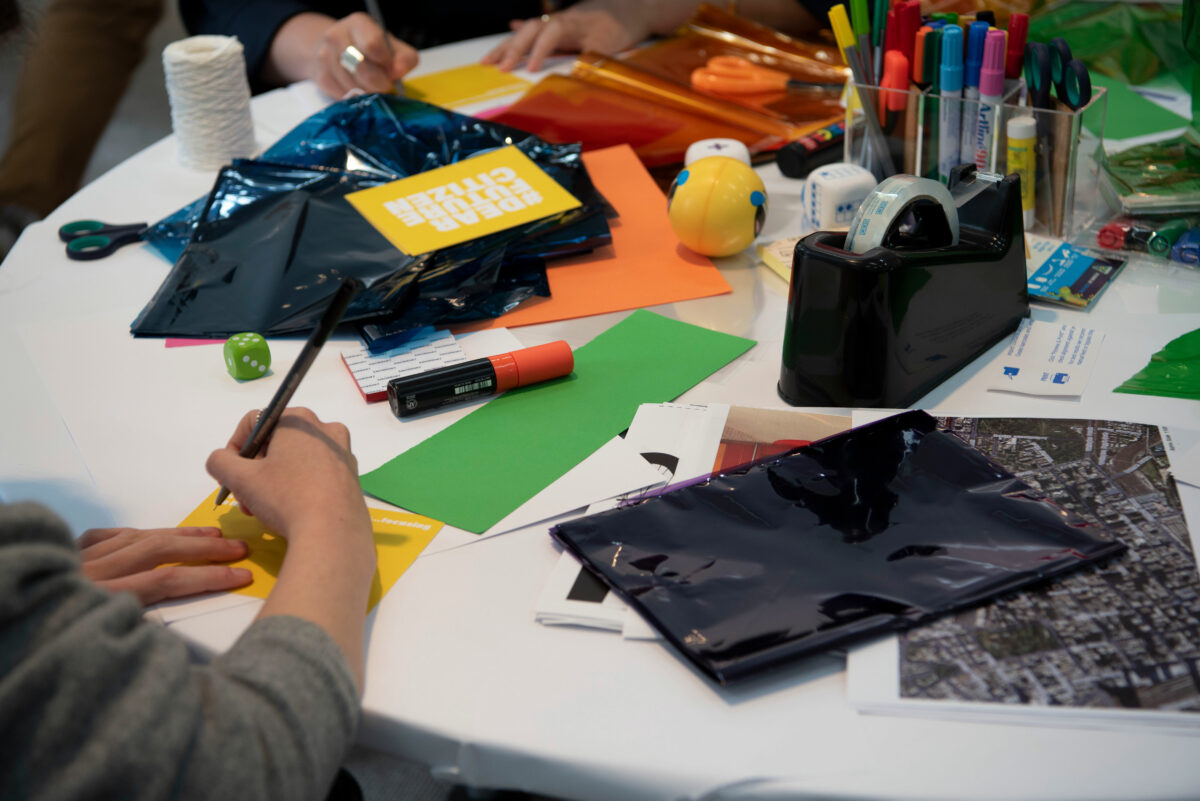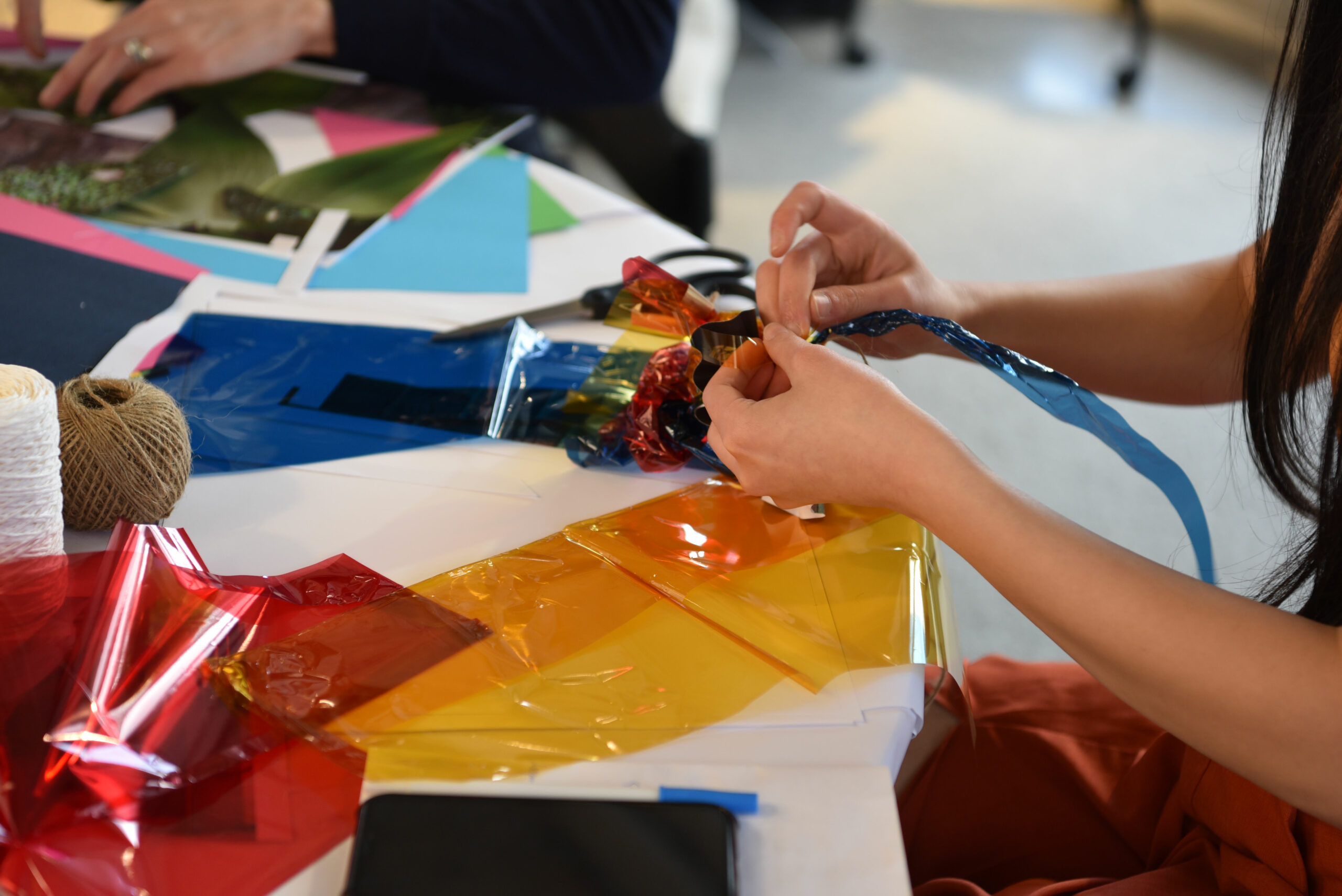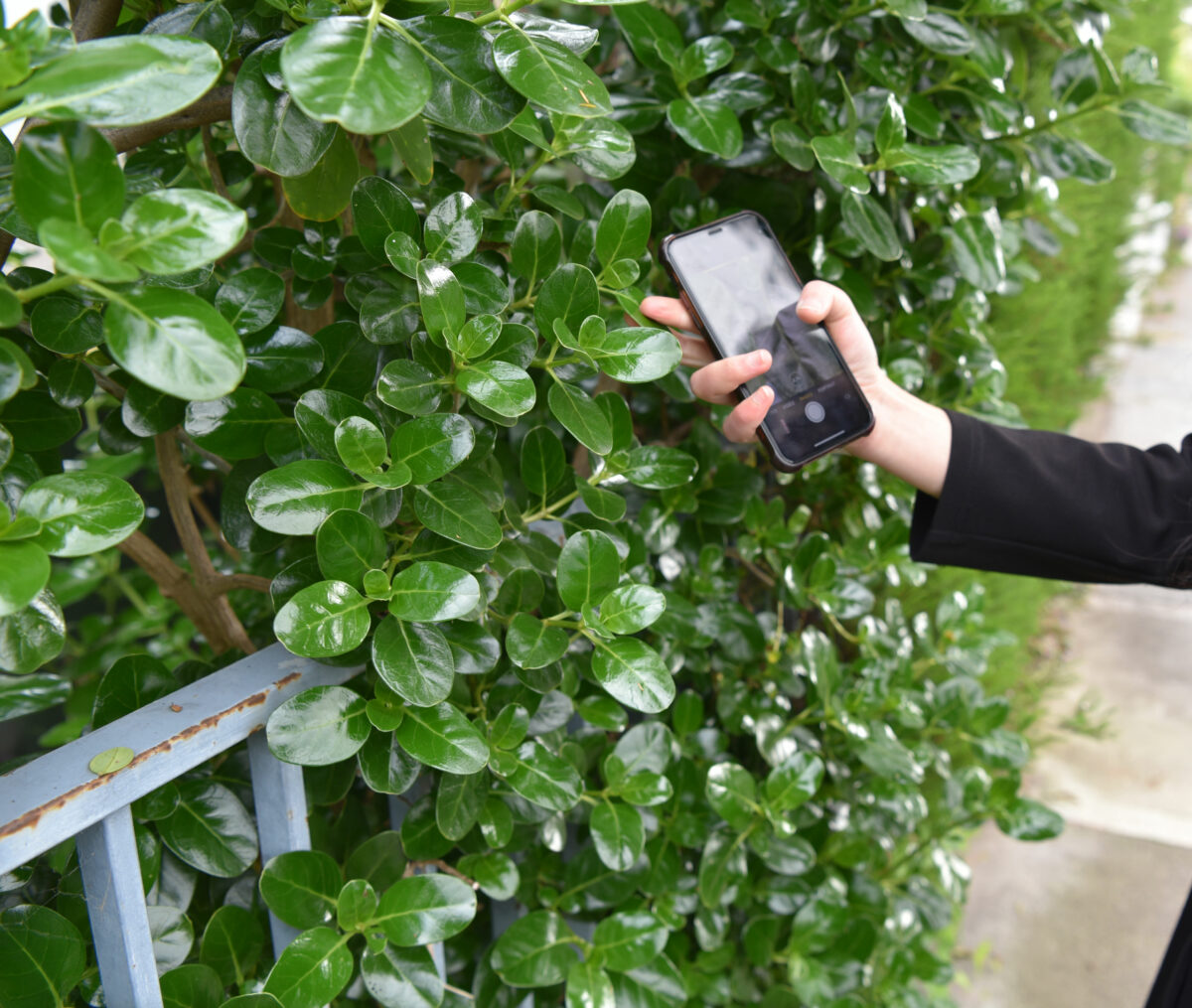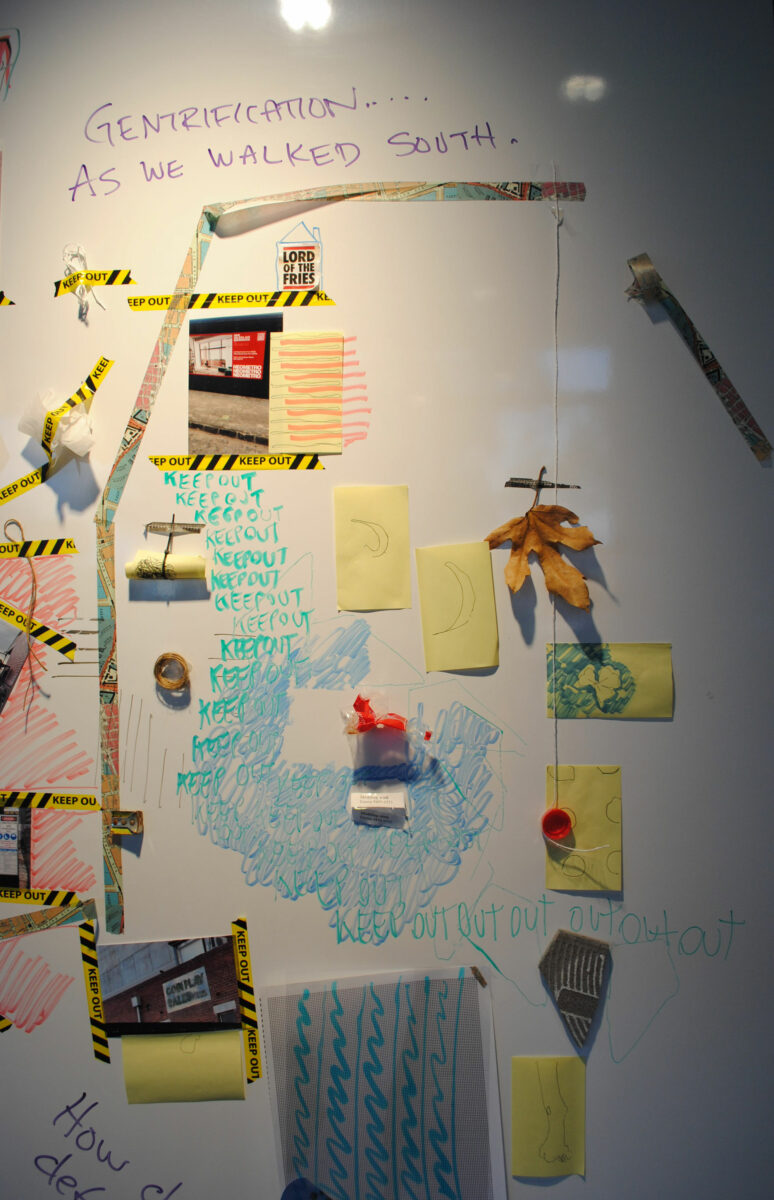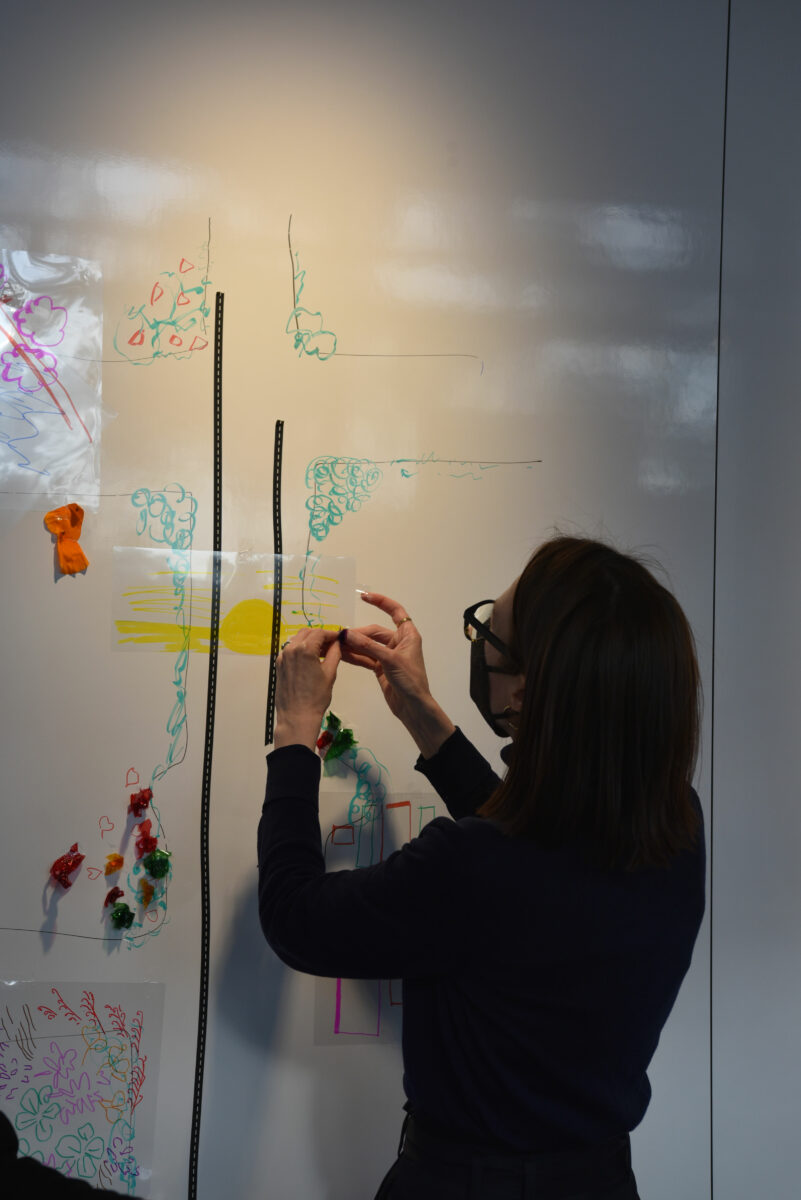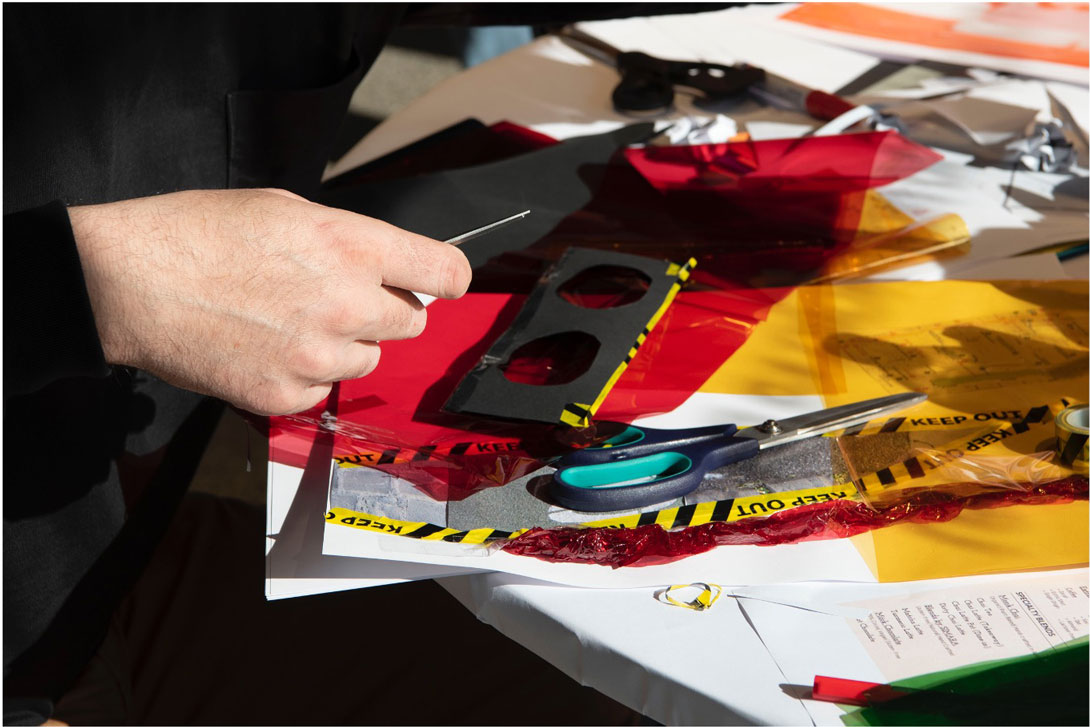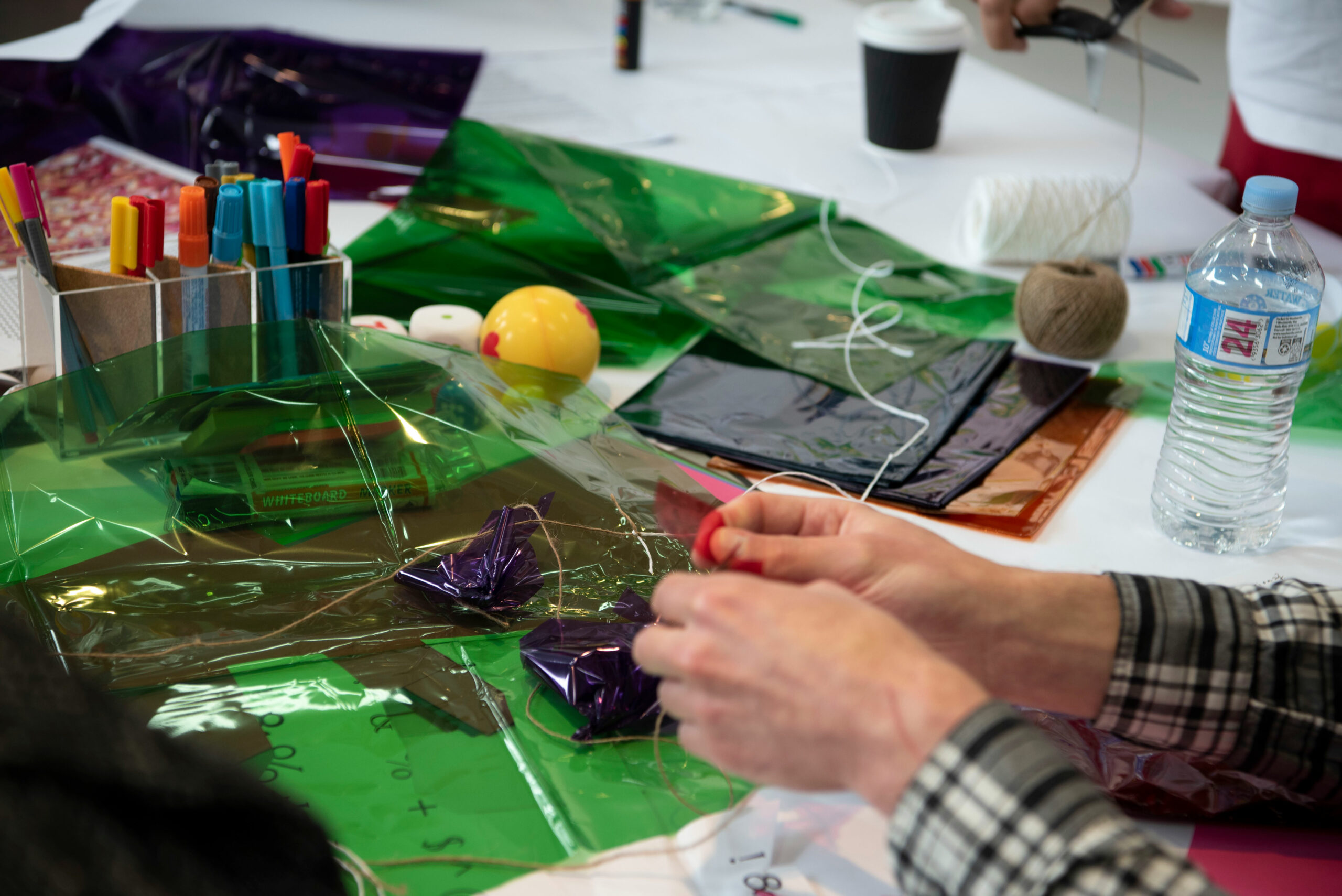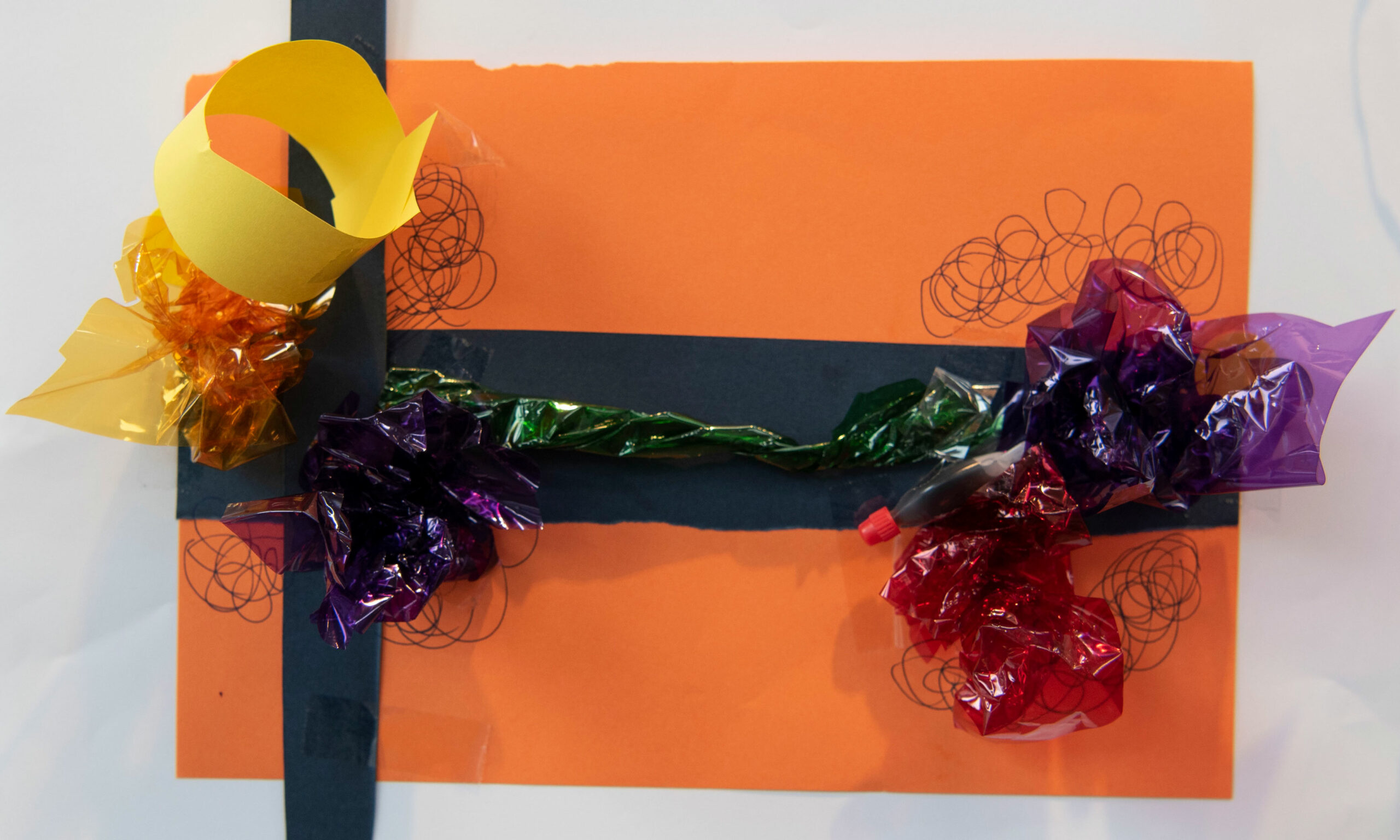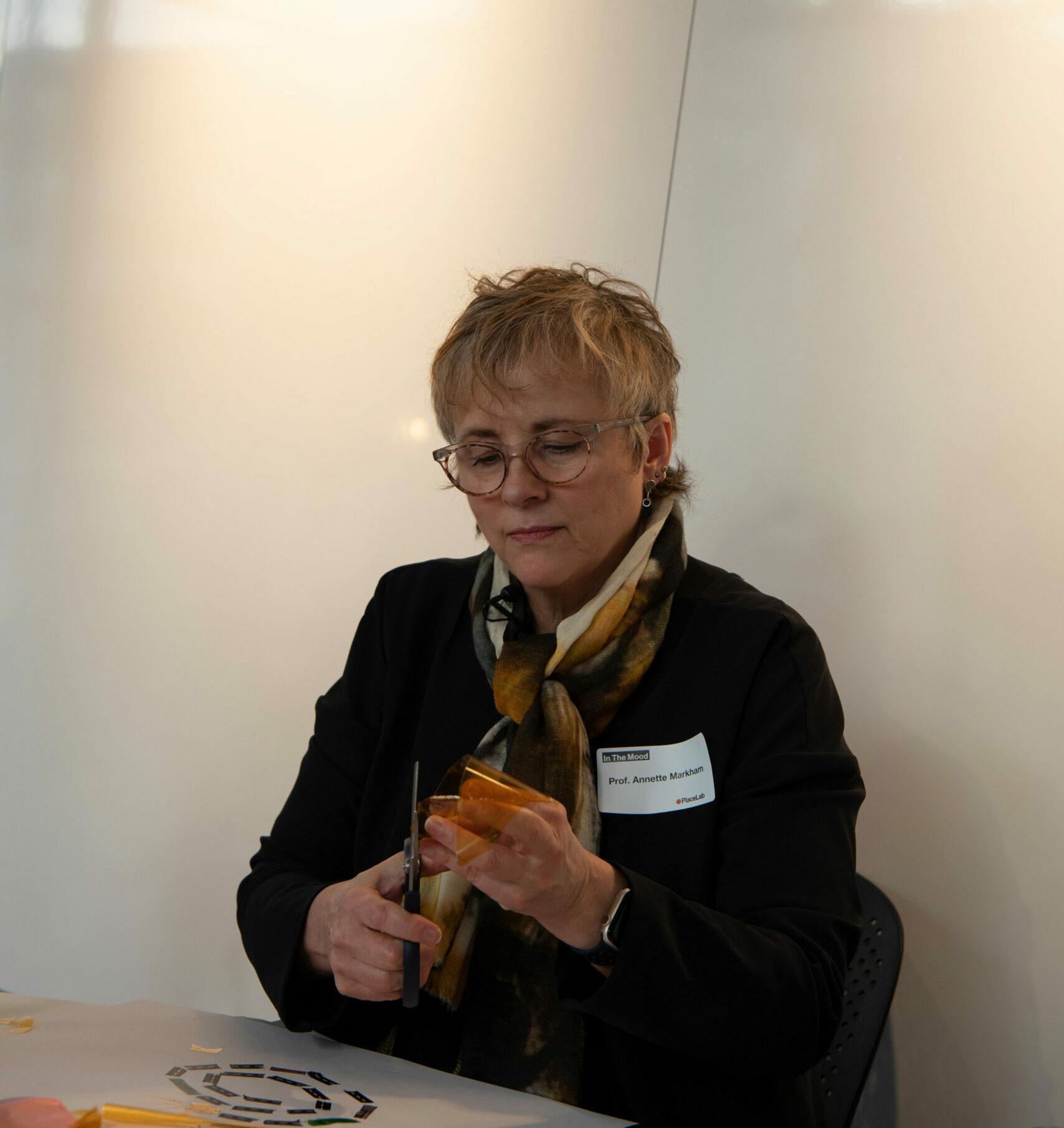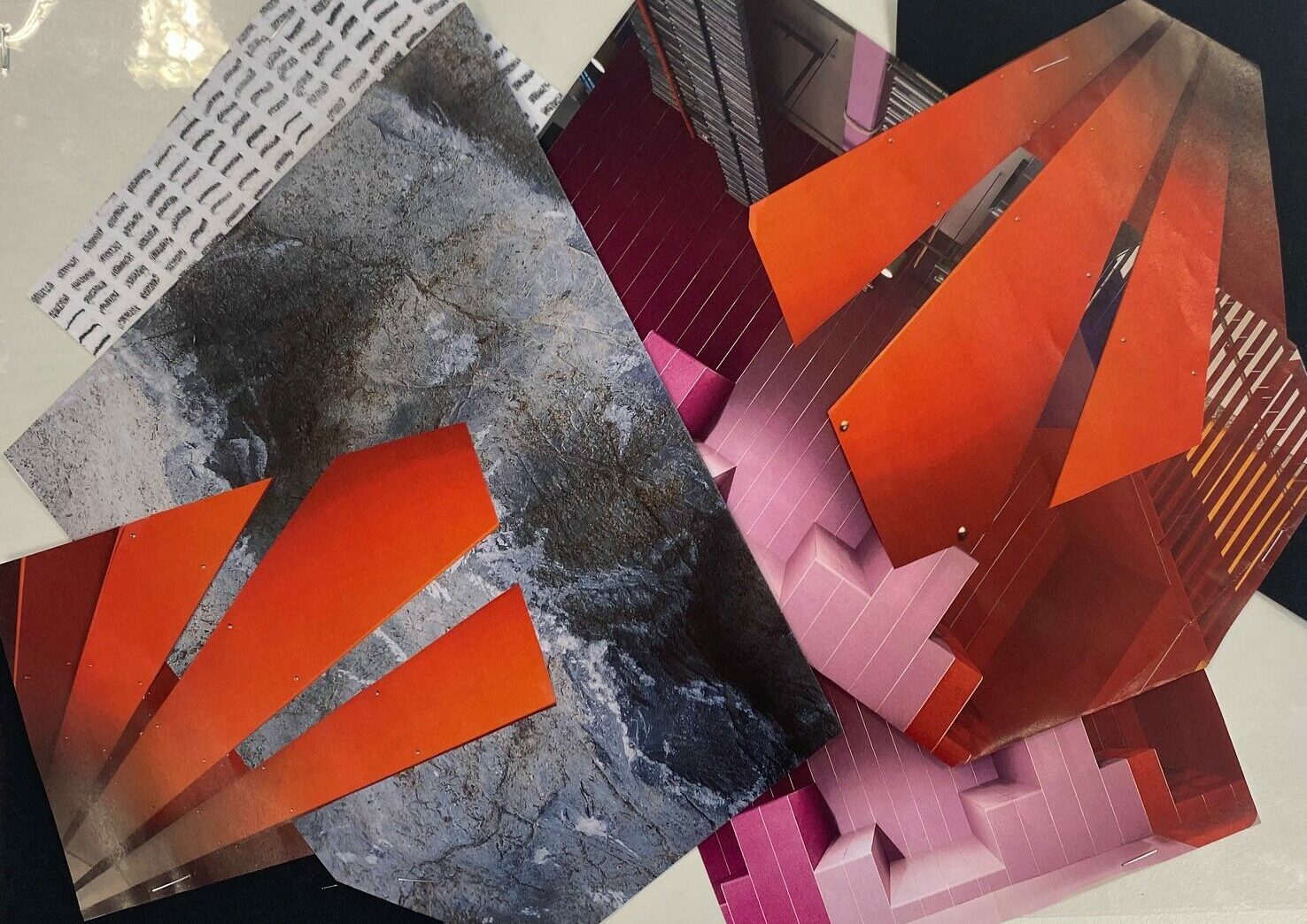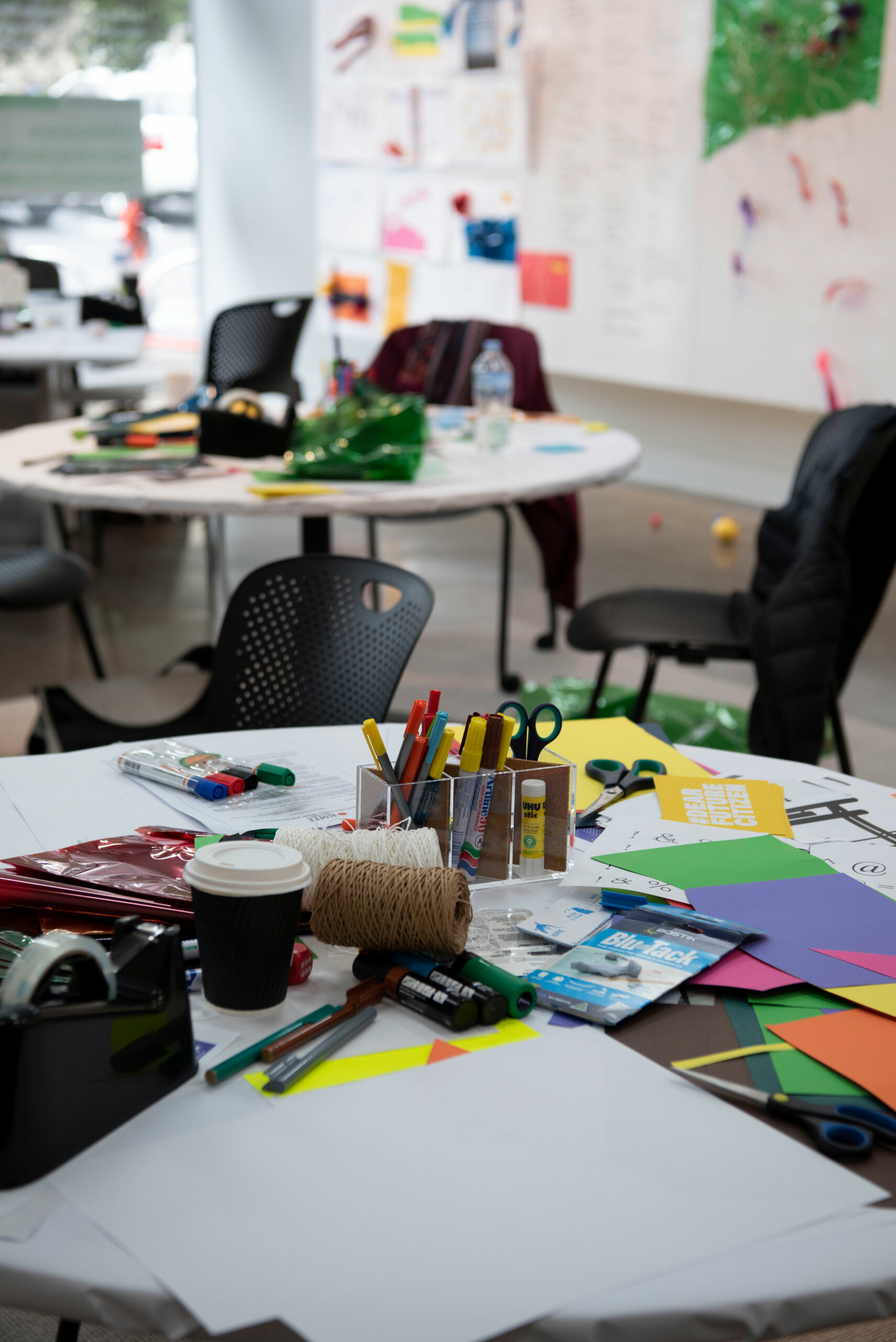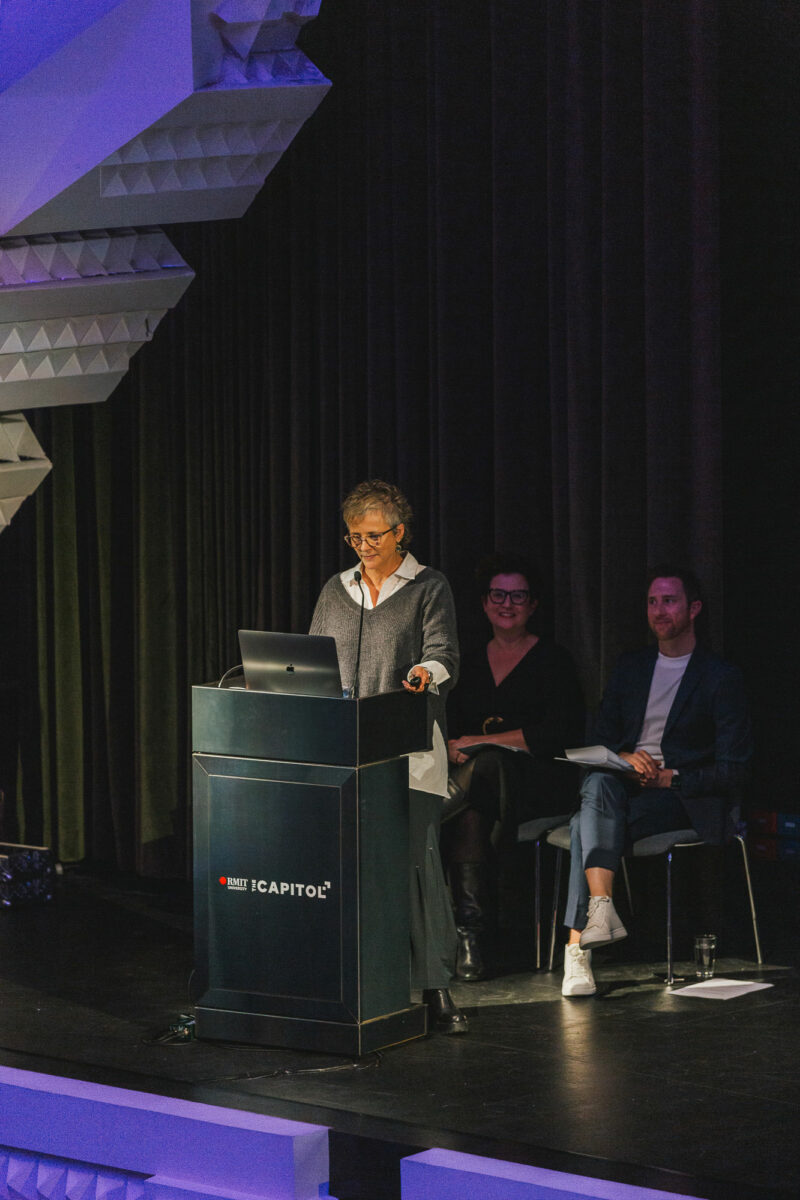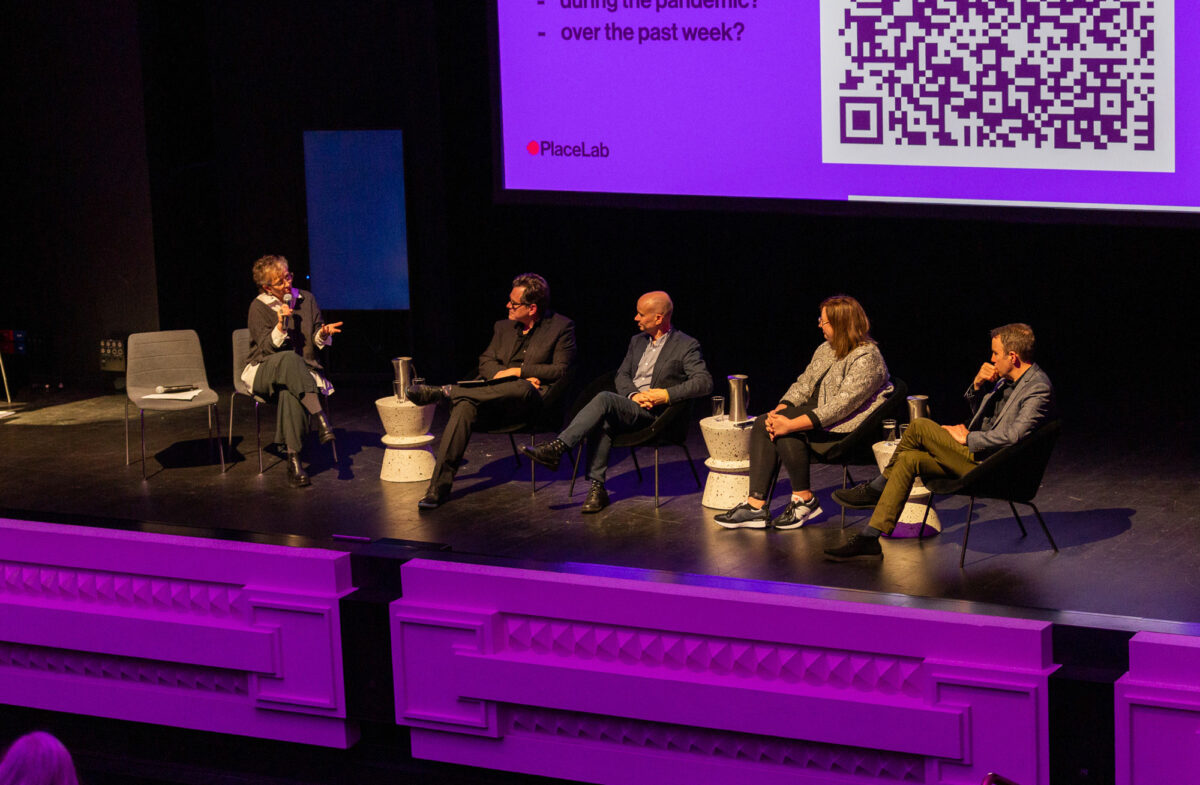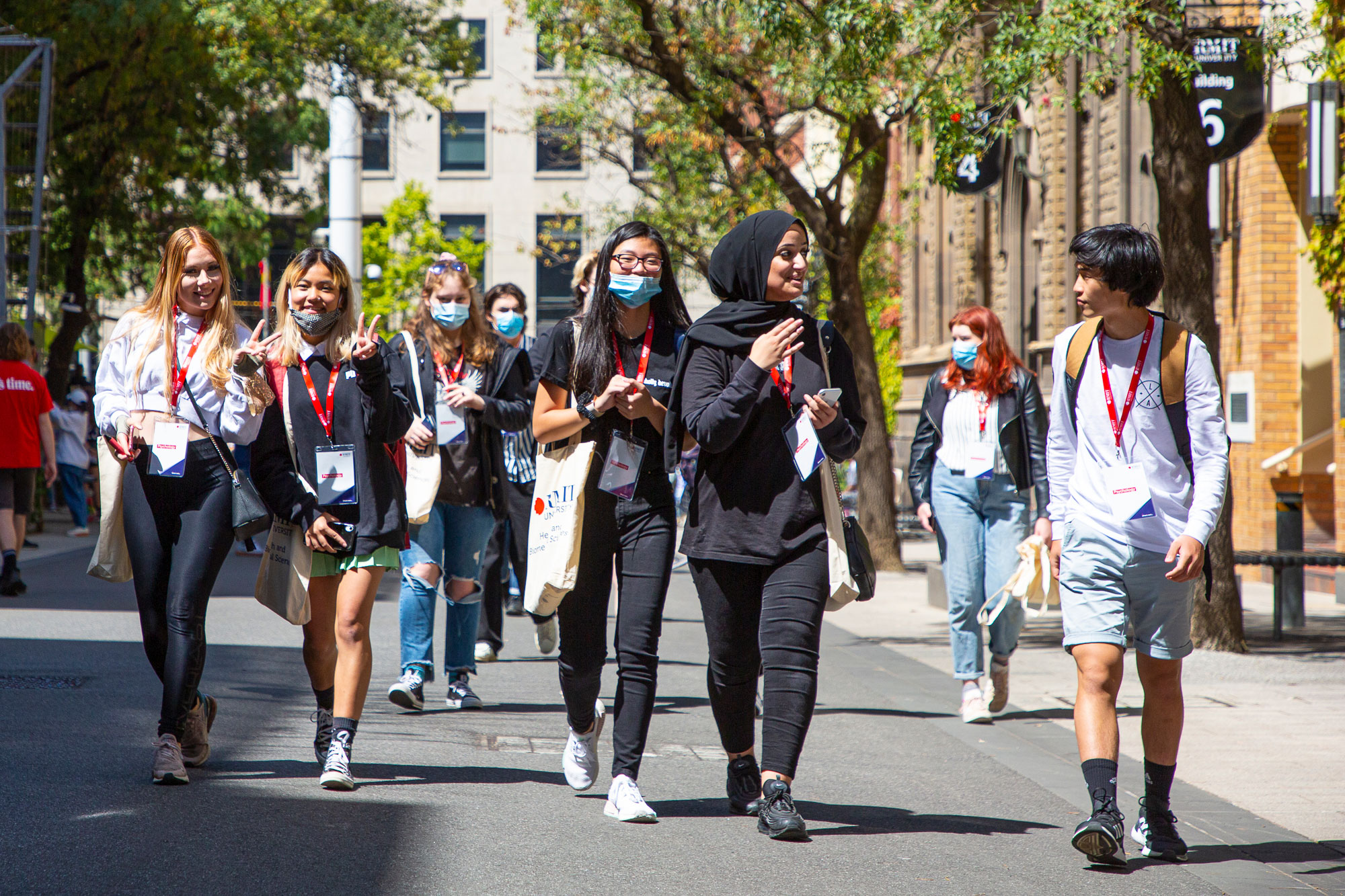The In The Mood Project Report is here!
Led by the research of the Digital Ethnography Research Center Co-Director and Media and Communication Professor Anette Markham – in 4 cities across 3 countries, we hosted place-based workshops that asked the question: “What is the mood of the city, especially in a time of post-COVID recovery?”
We saw this as an experiment to build methods for citizen social science, where researchers and citizens playfully co-created visual impressions of the ‘moods’ of their cities.
We designed workshops that focused on mindful interaction techniques, where participants translated tactic experience into discrete units of cultural information to create moodboards.
Moodboarding became a method for thinking about datafication in smart cities, and identified what often gets overlooked – the sensory texture of the lived experience.
Moodmapping demonstrates that mood matters, and reflects much more depth than can be attained through massive data collection and automated analysis.
Together, we’re tackling real-world, urban challenges and seeking innovations that improve liveability, connection, and community resilience; and ultimately evolve spaces into places.
This report will be shared with our local government and industry partners. Please feel free to send this on to anyone or any organisation that might be intrigued!
Explore more in our full report available to download by clicking Download Report.
